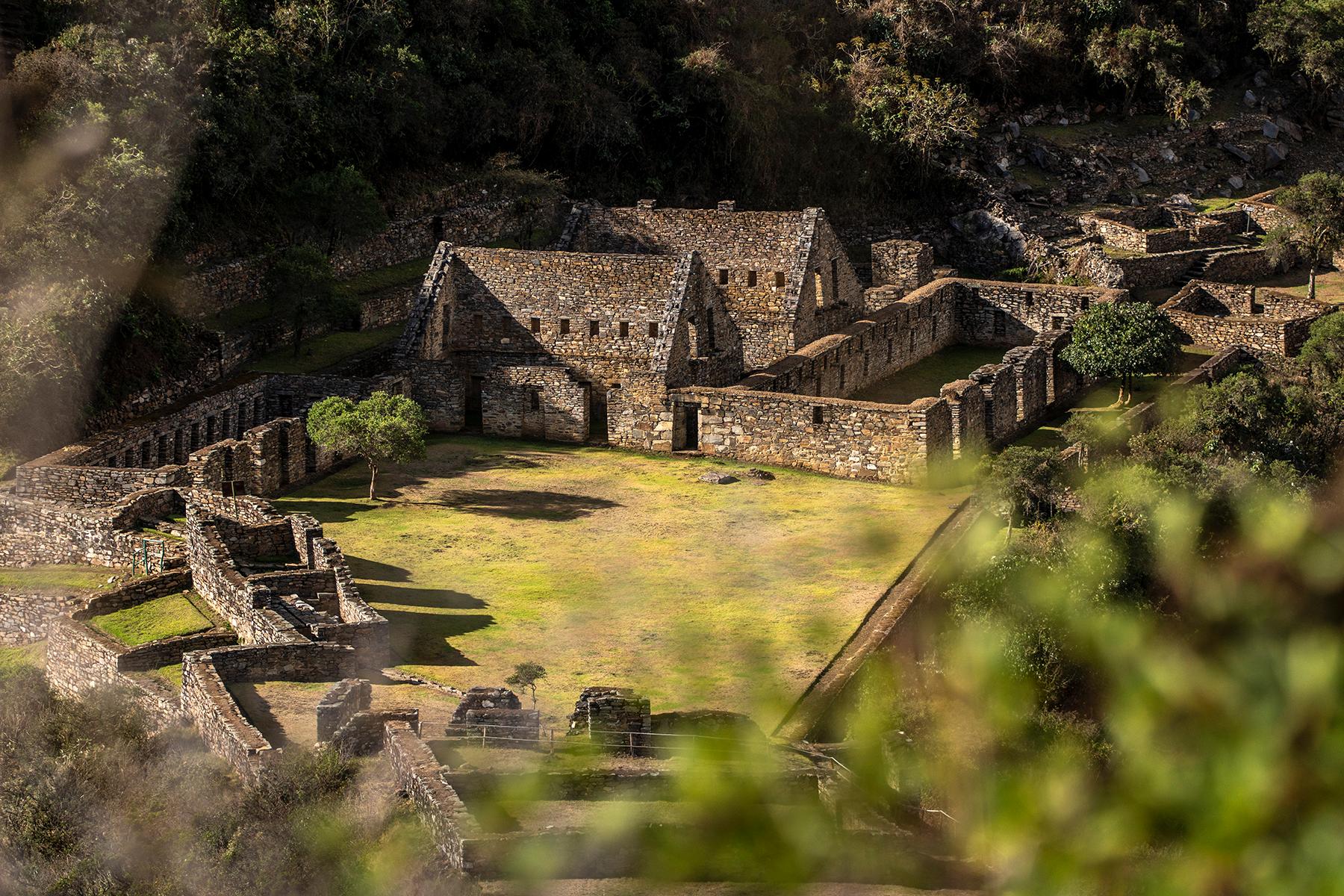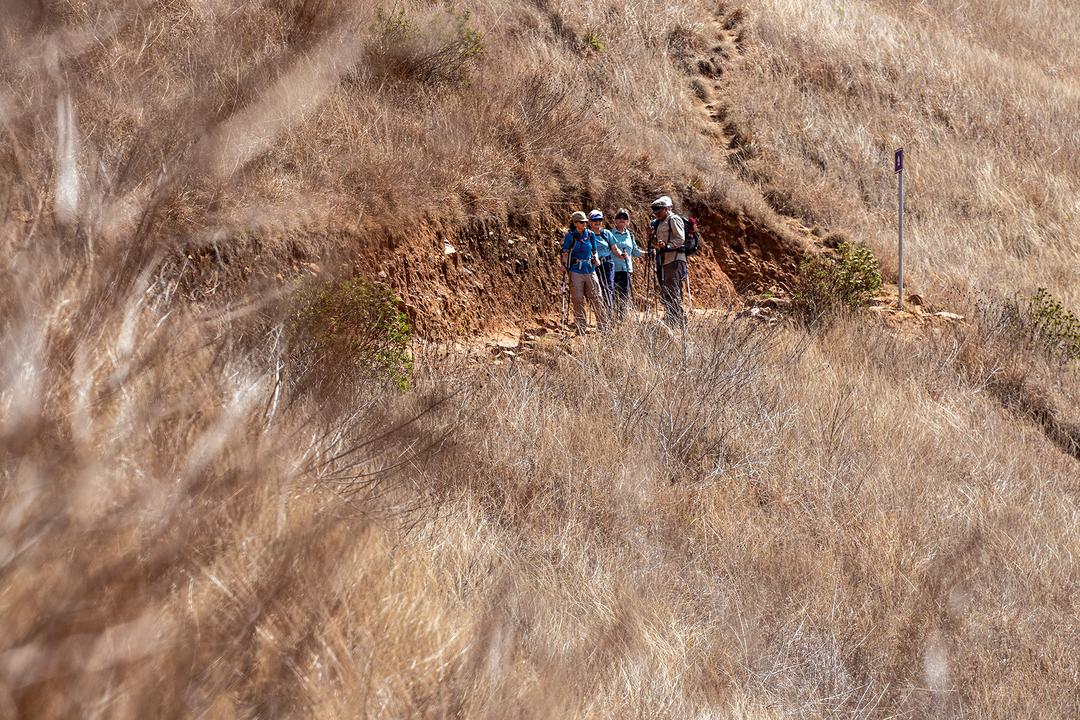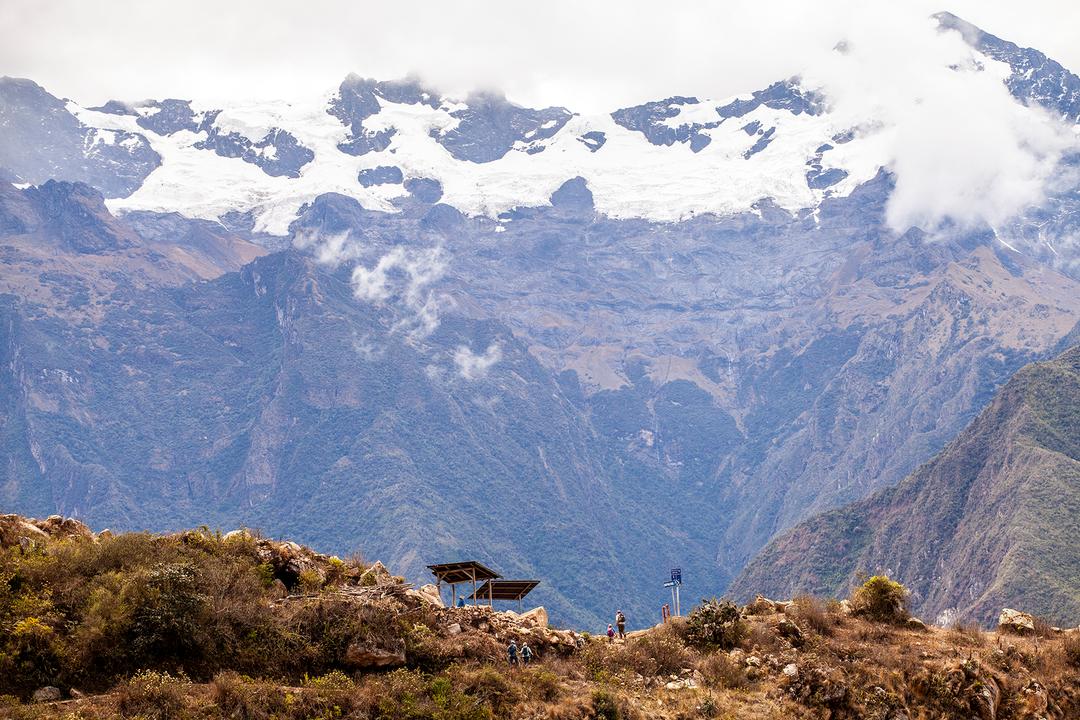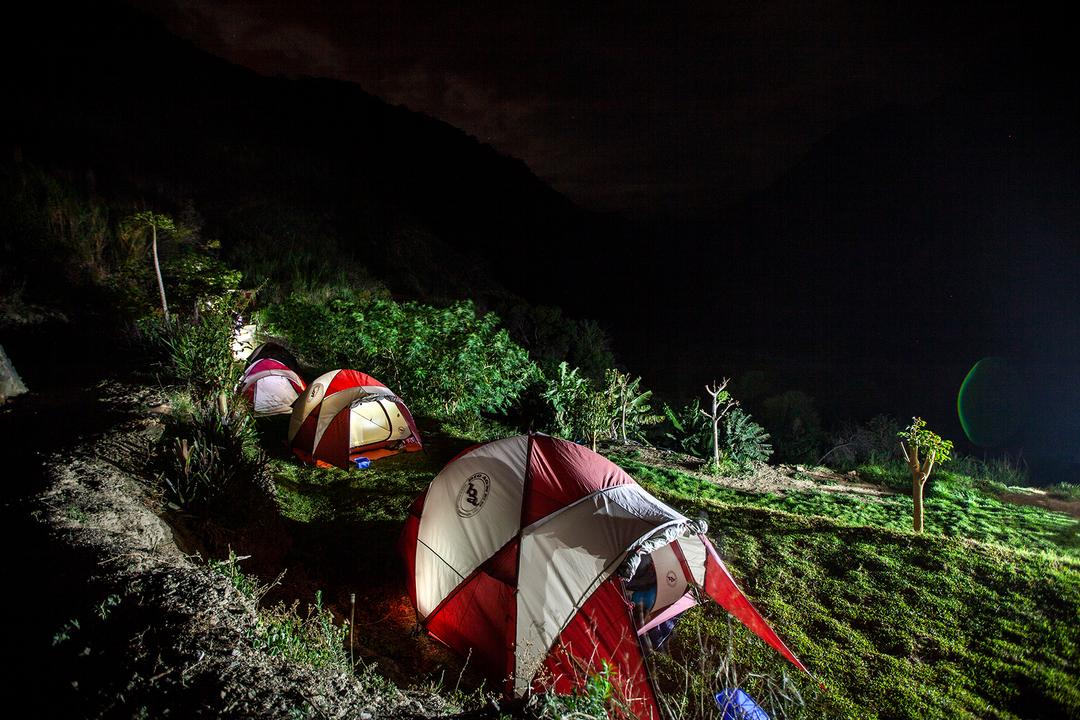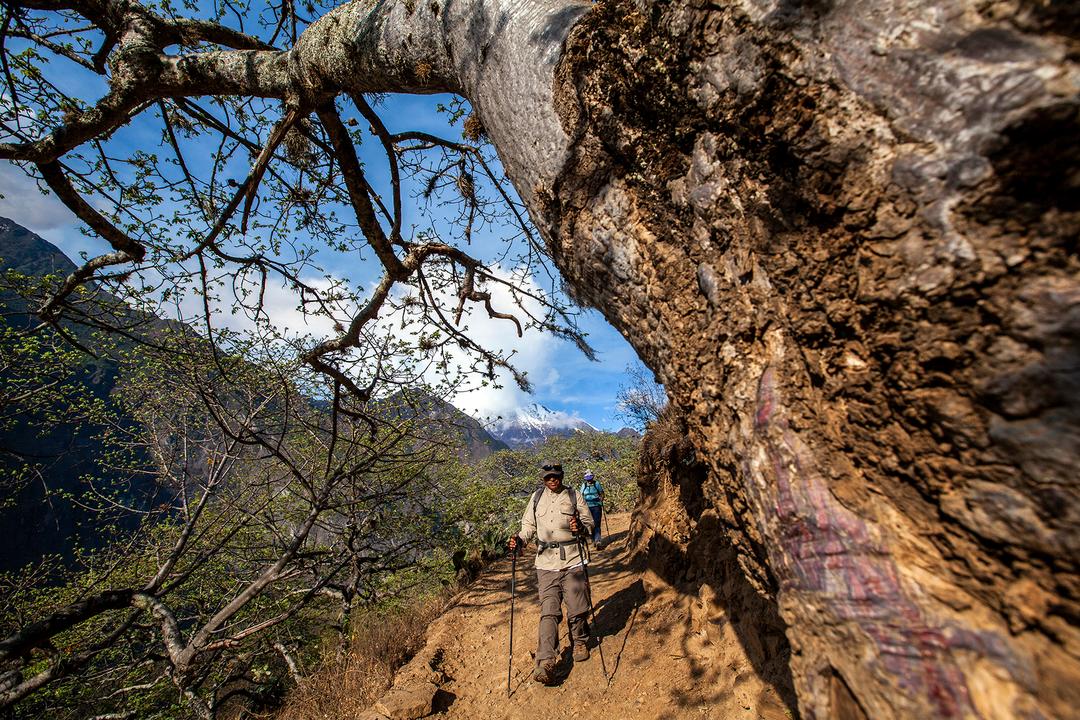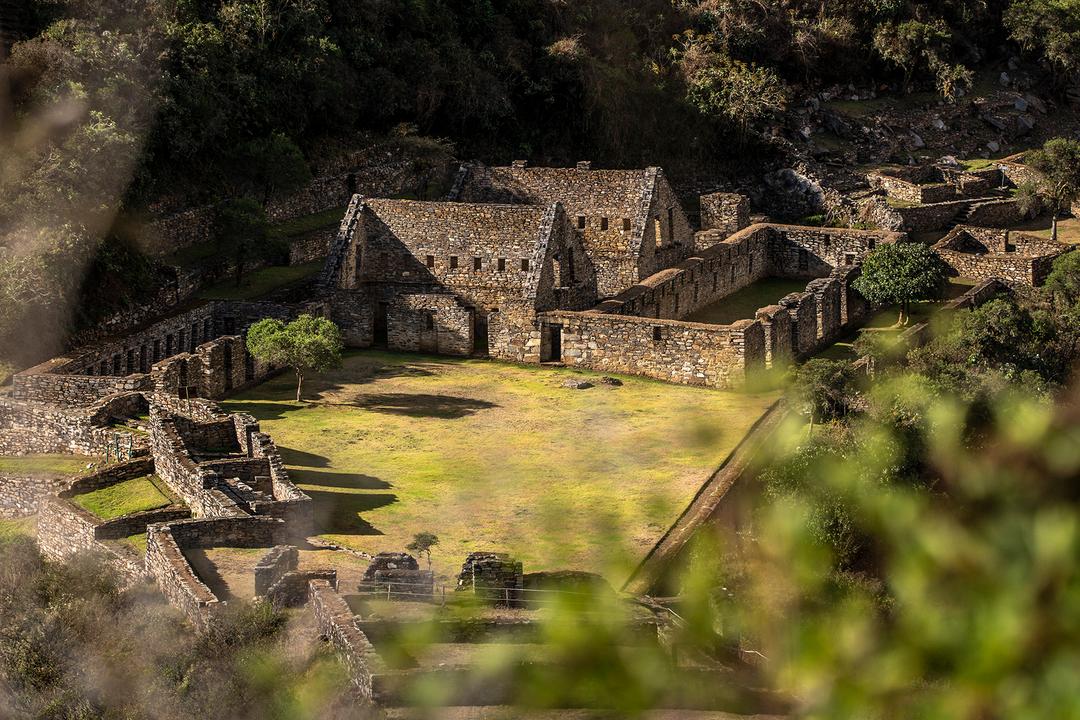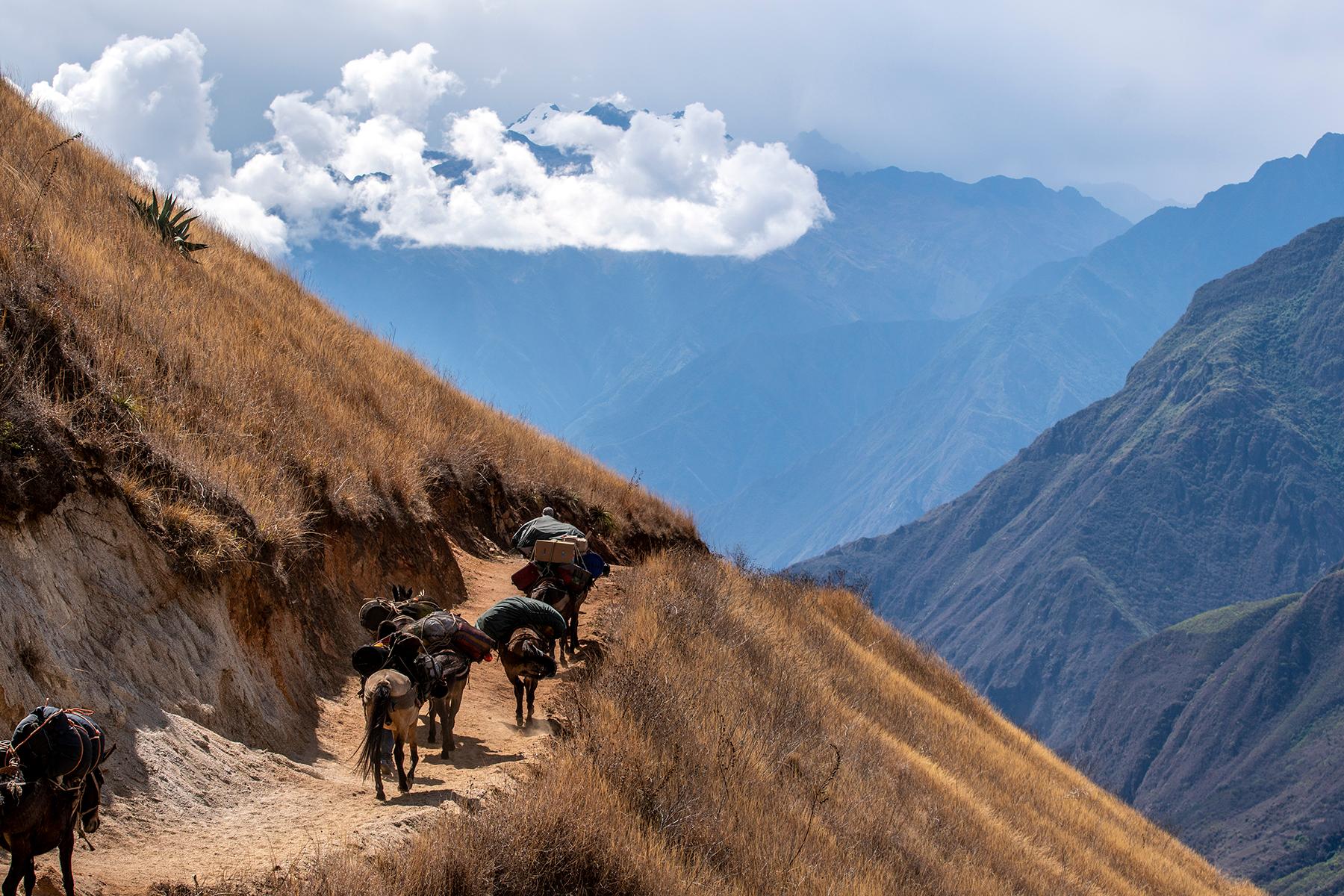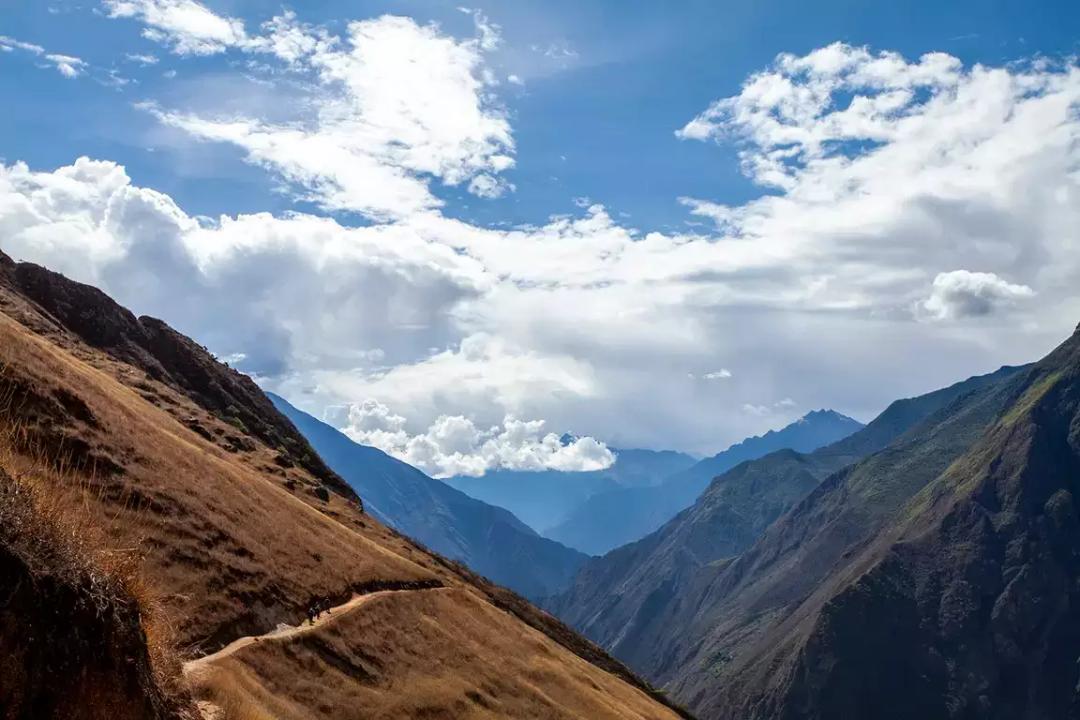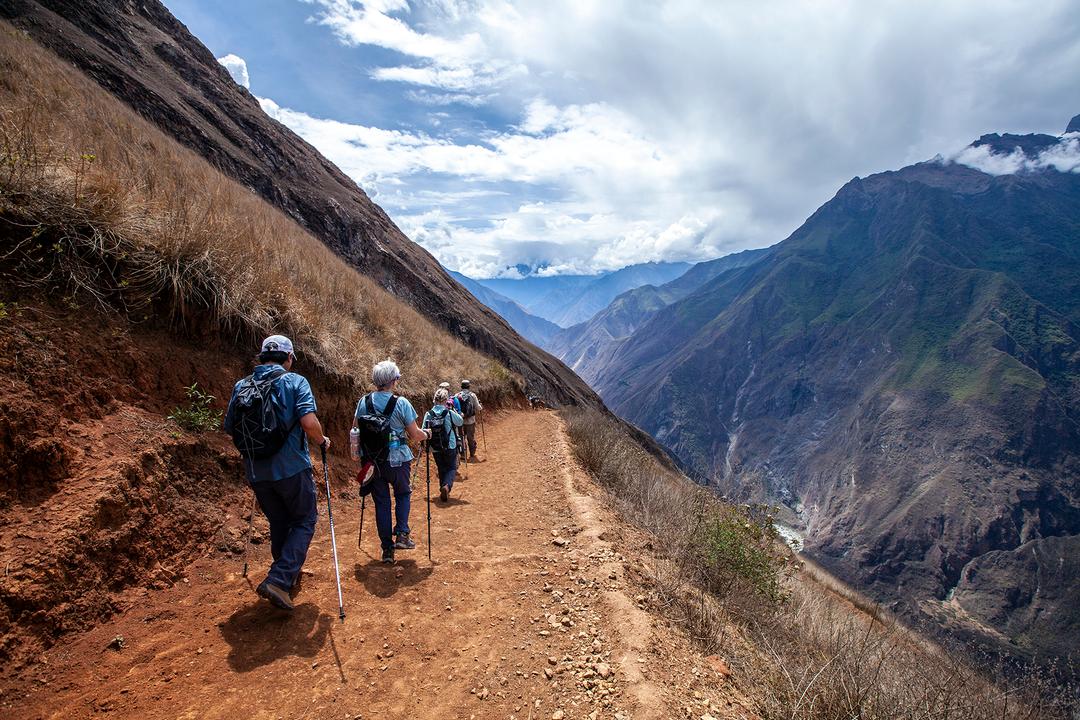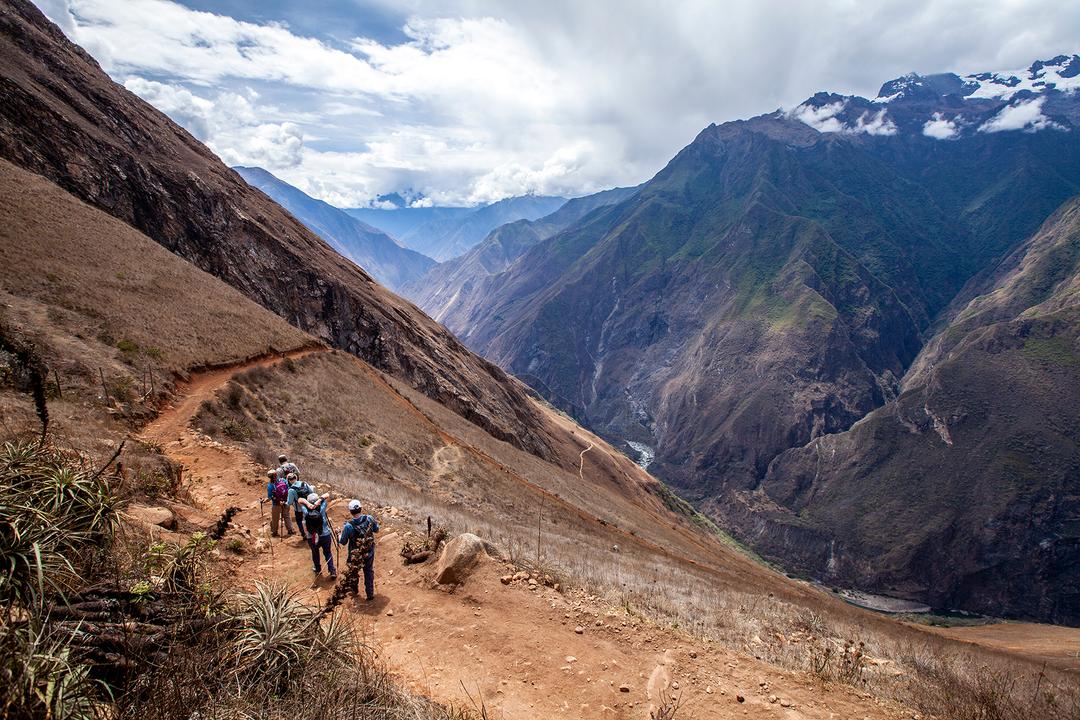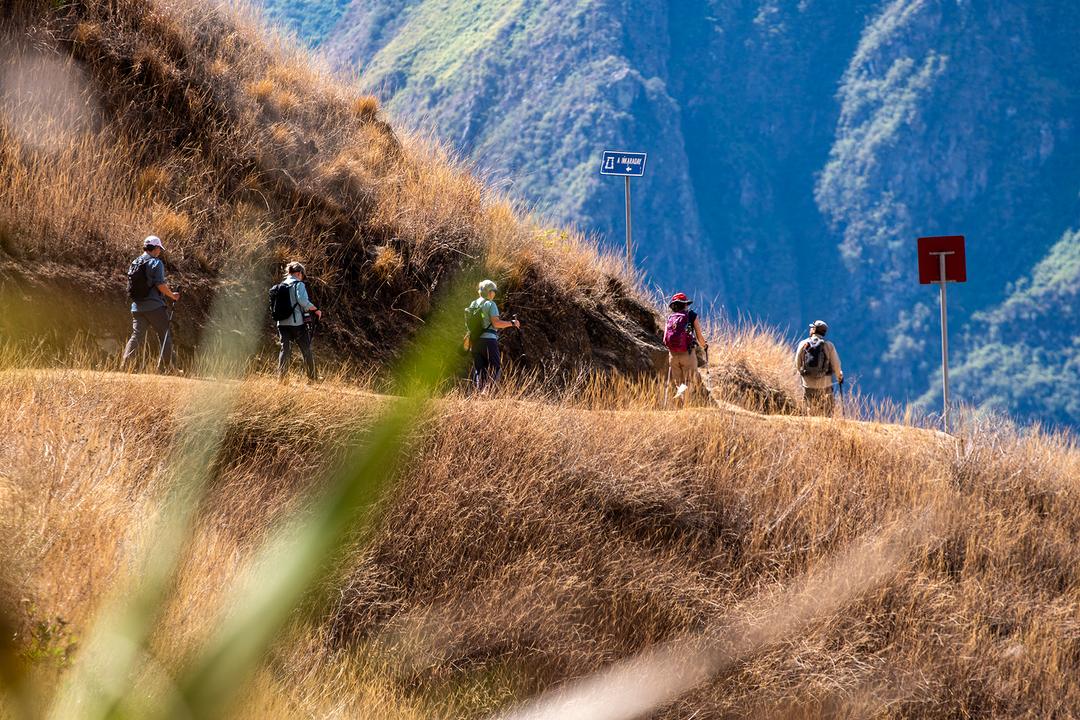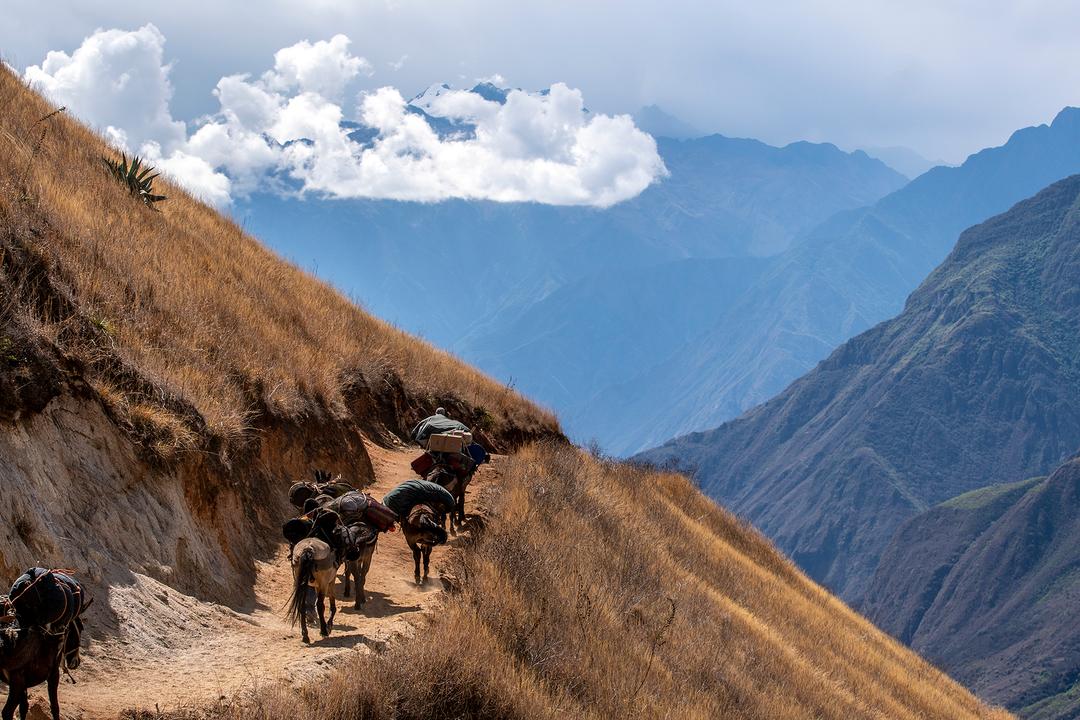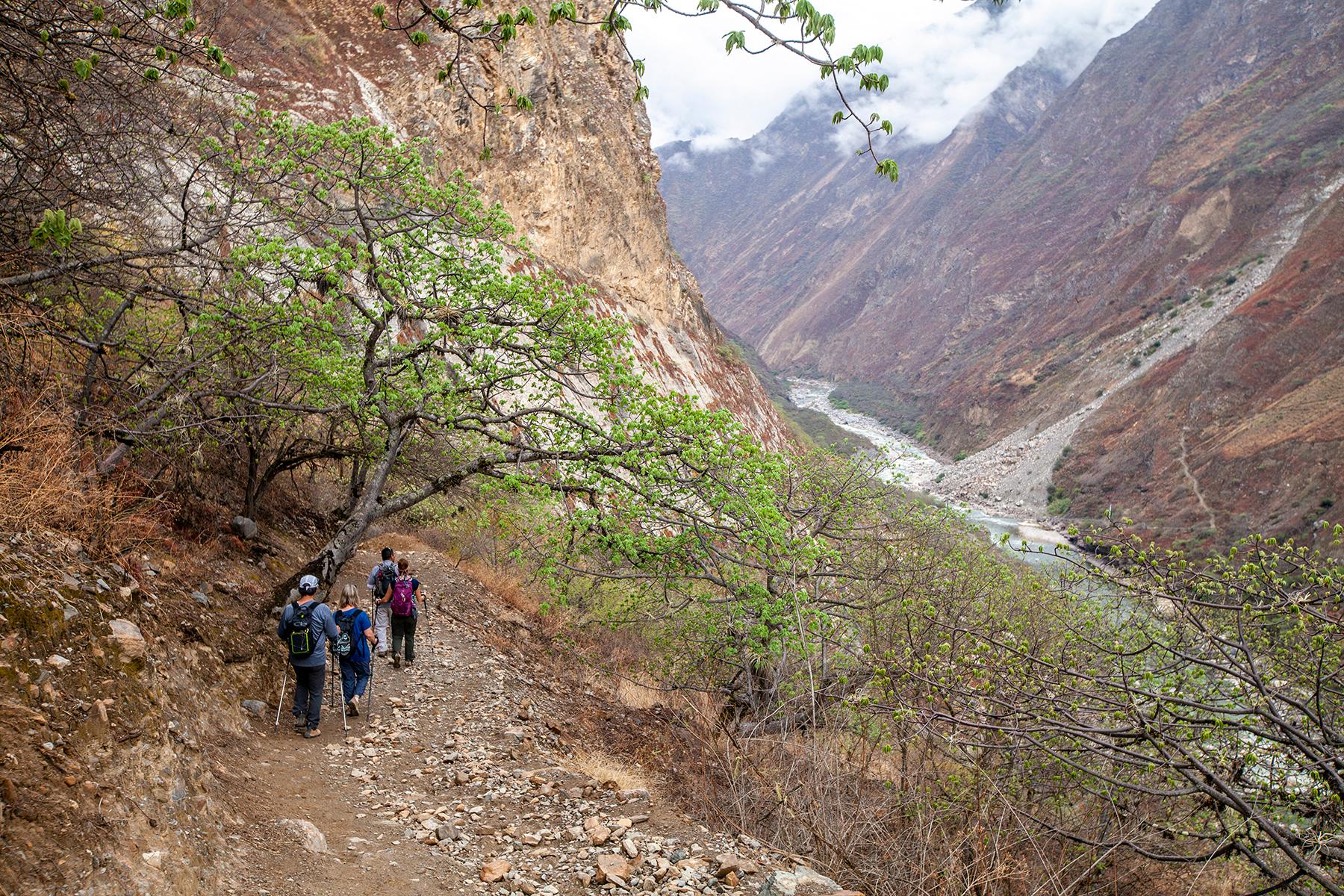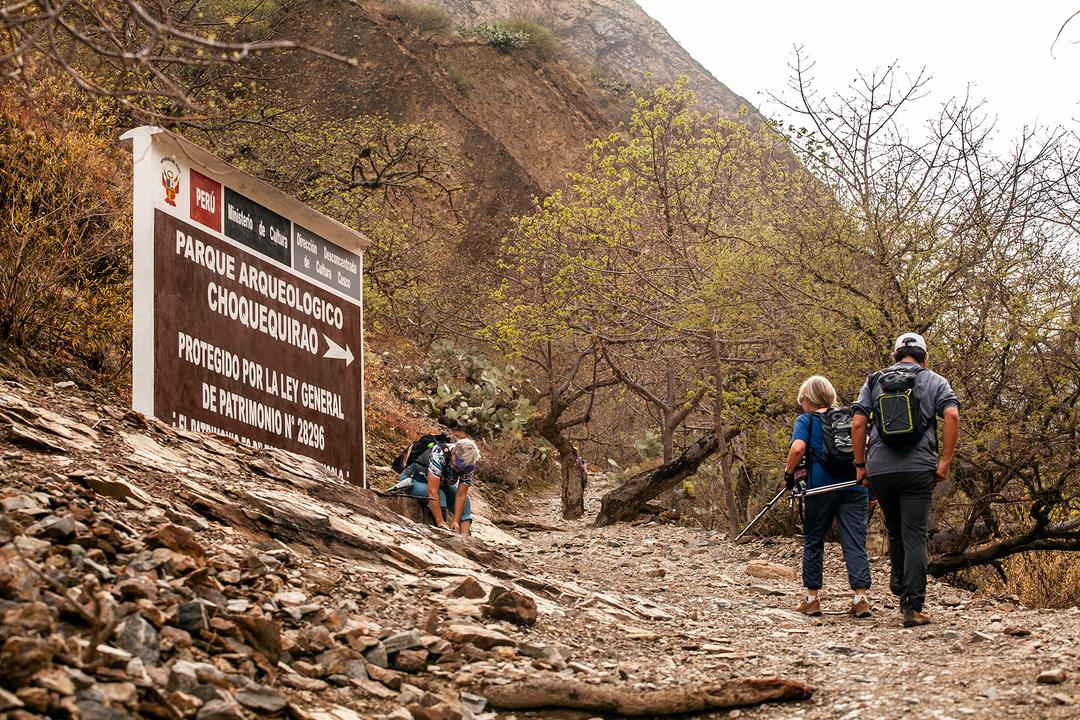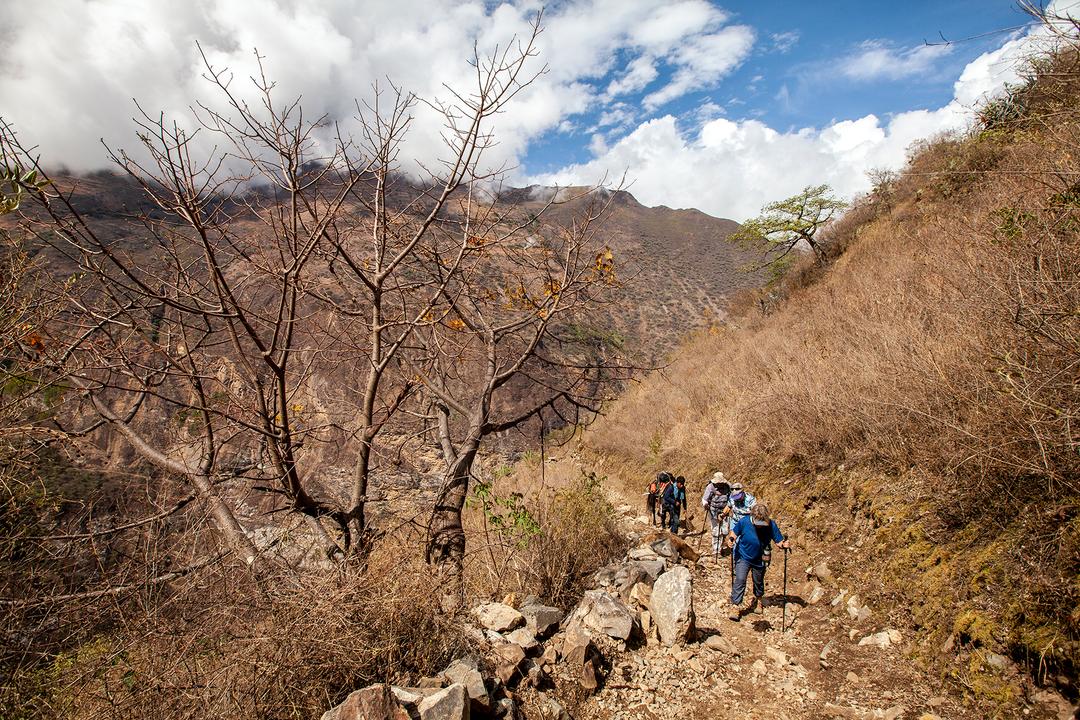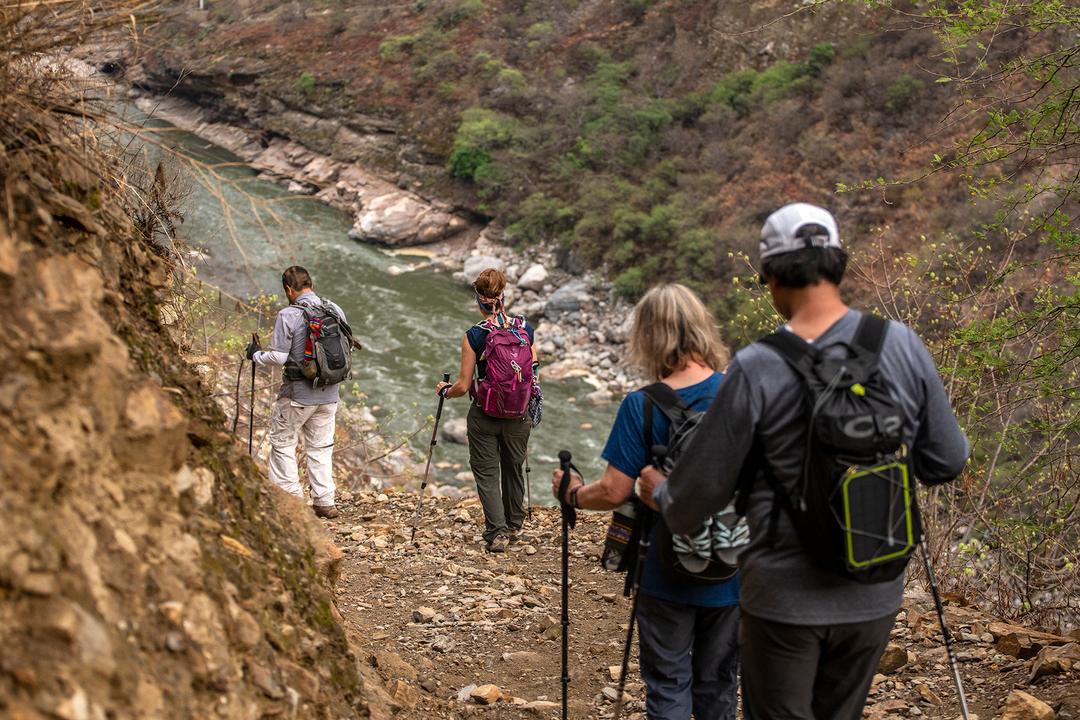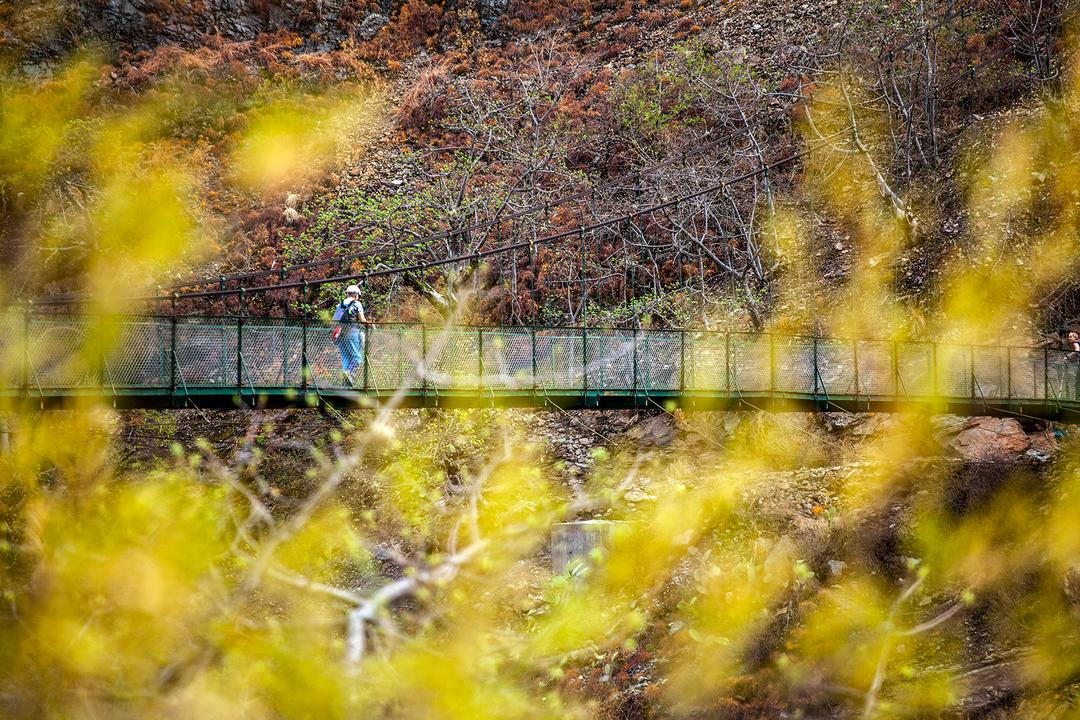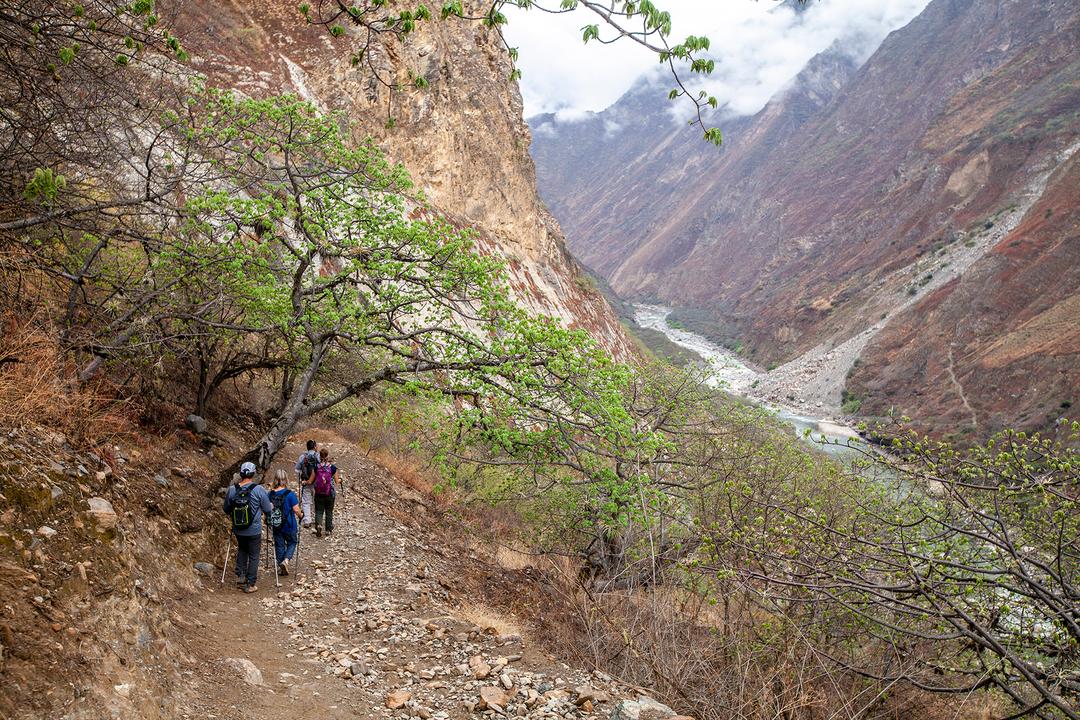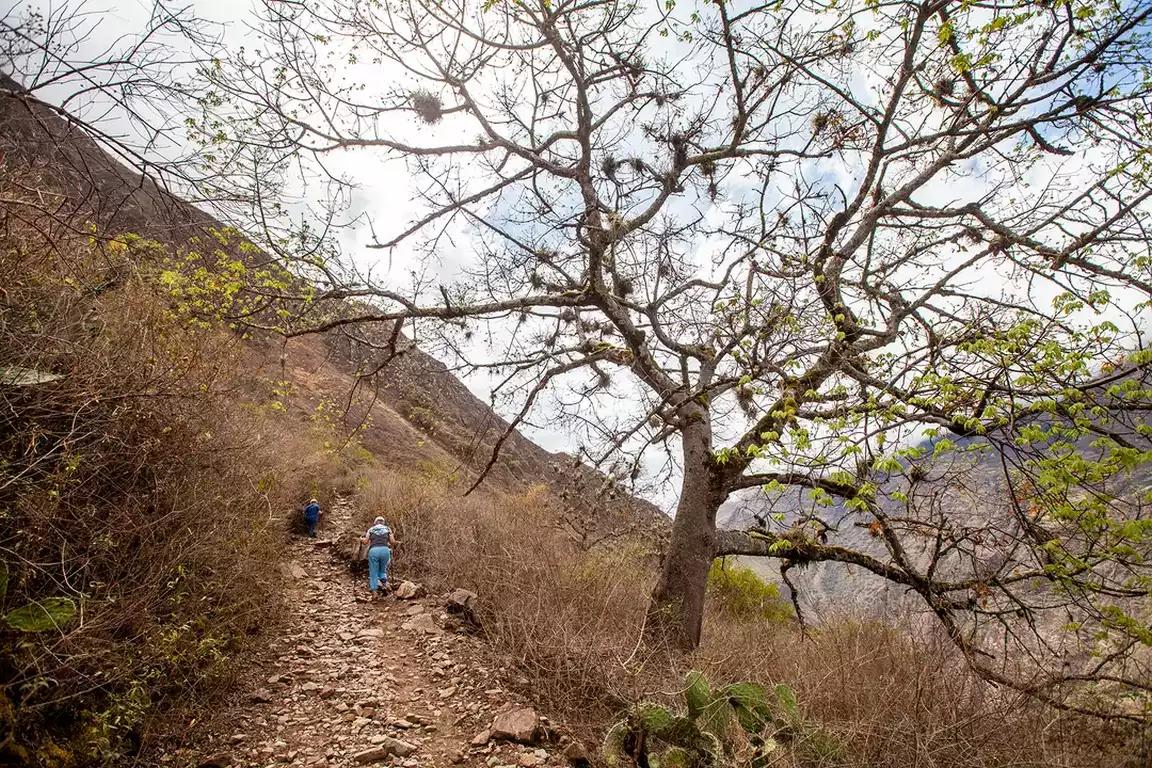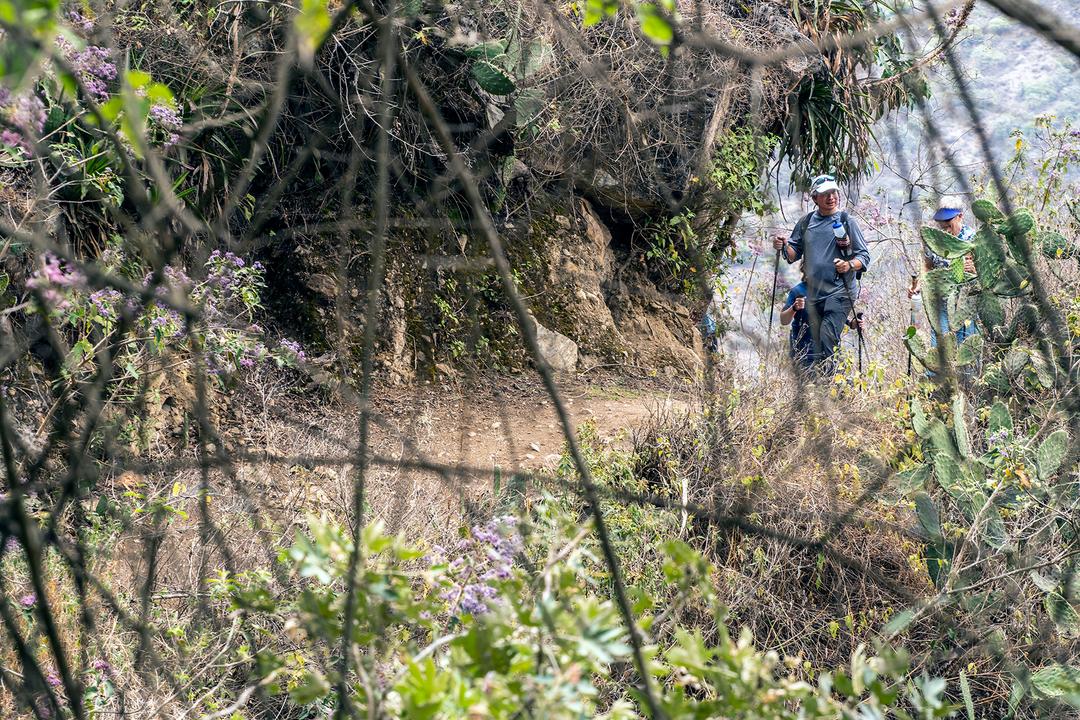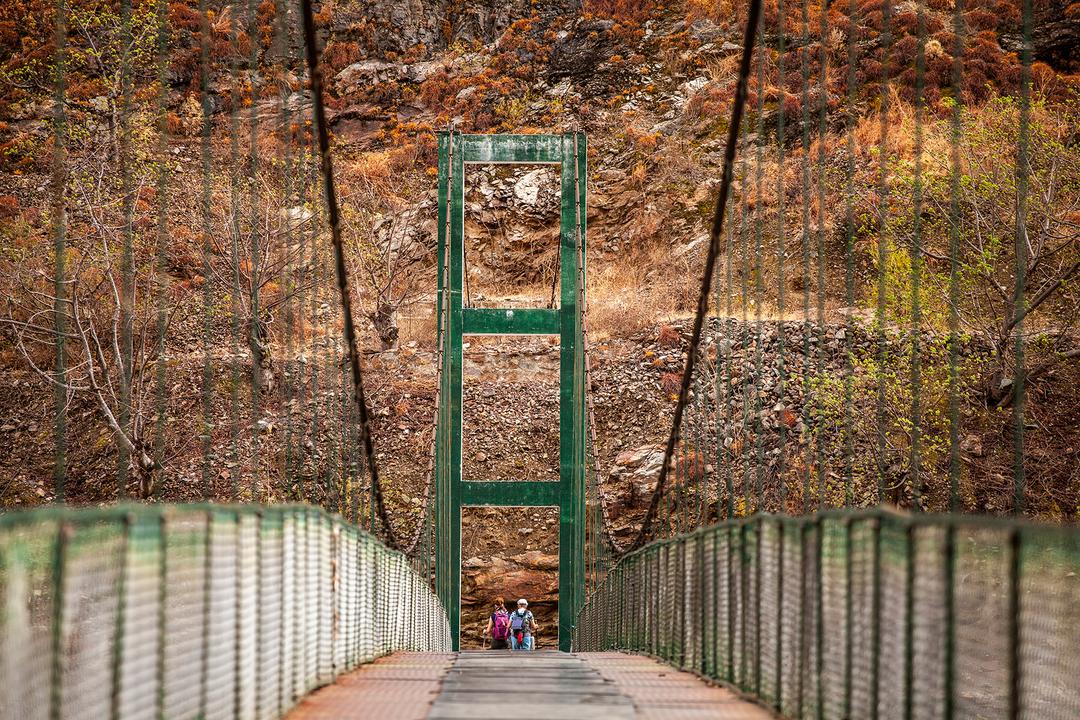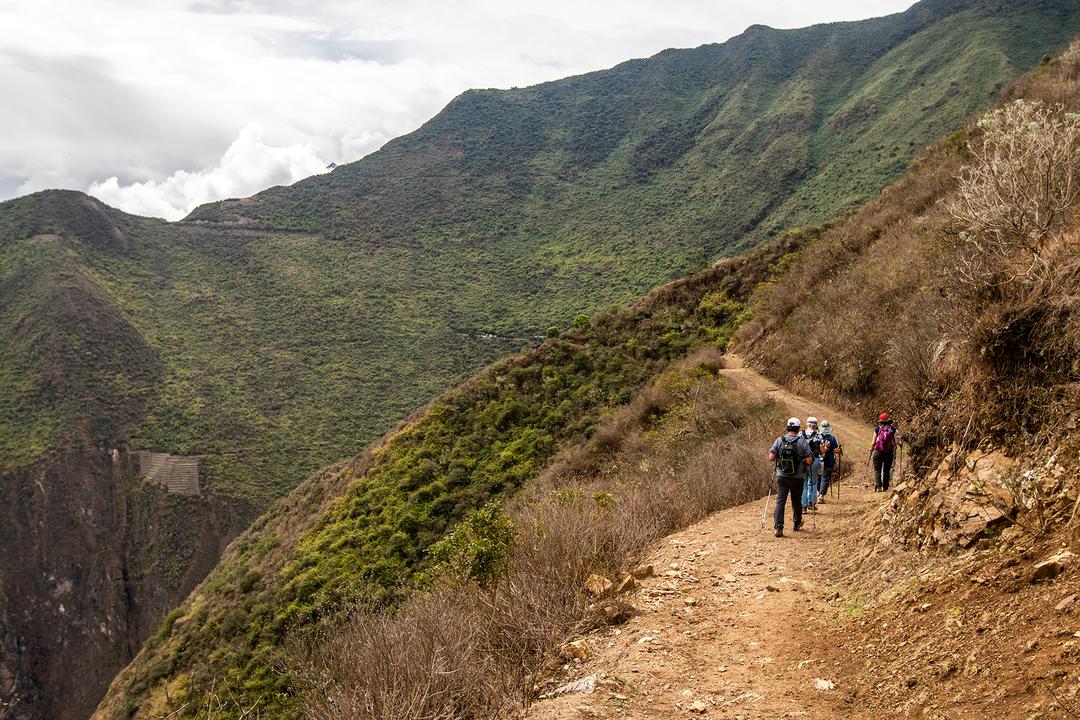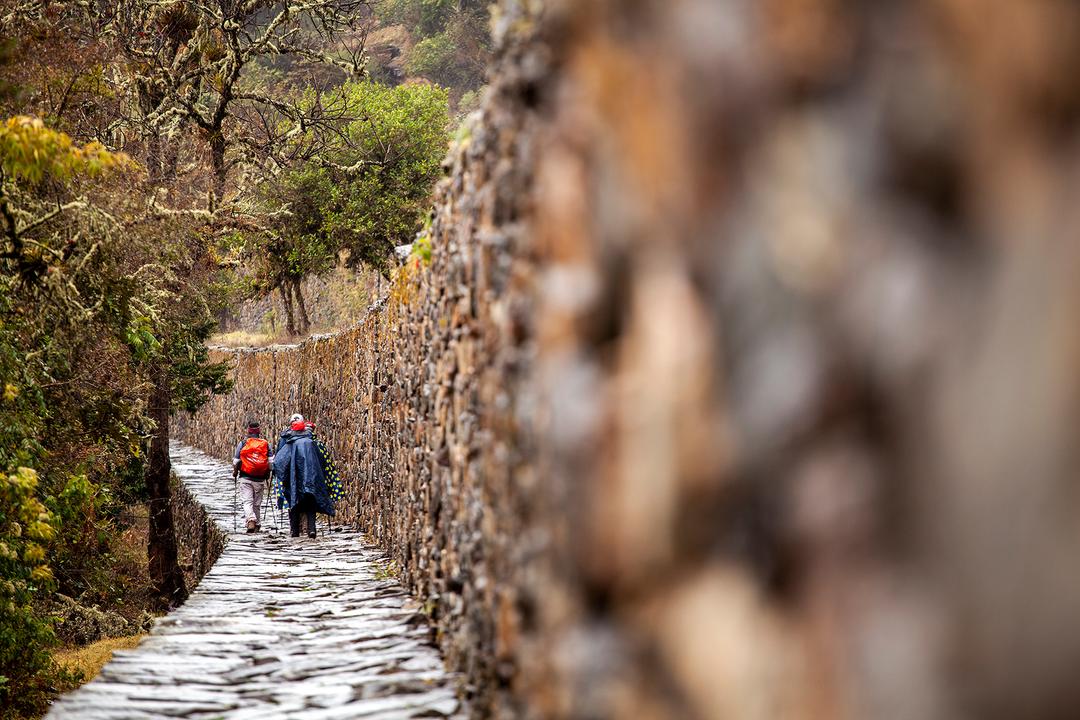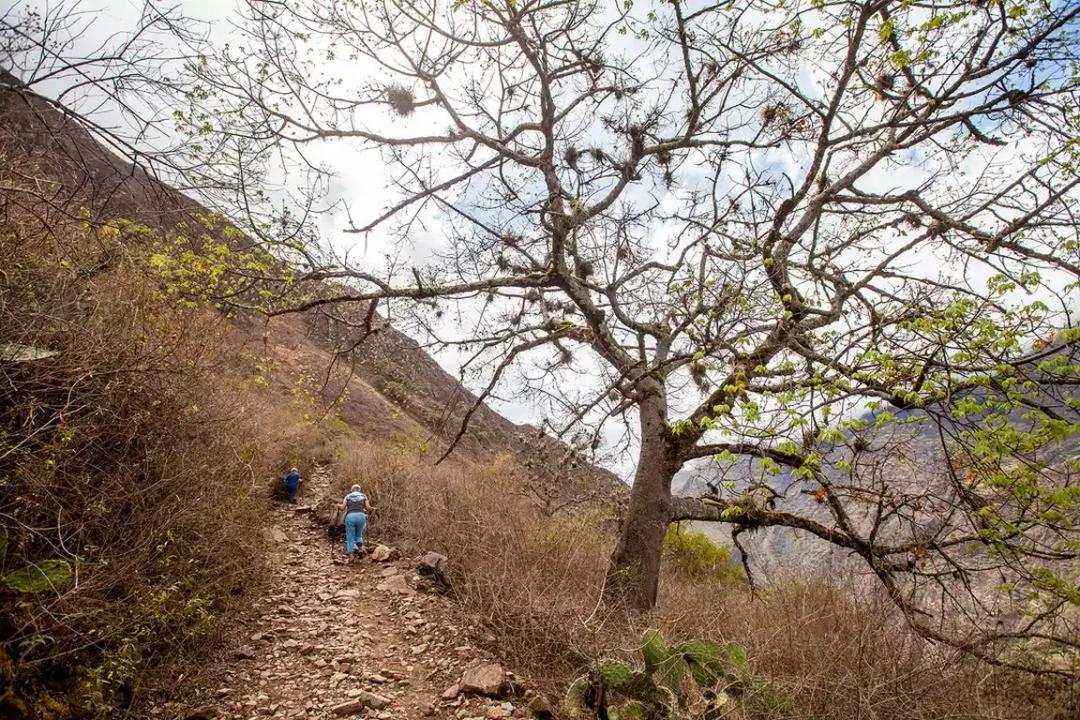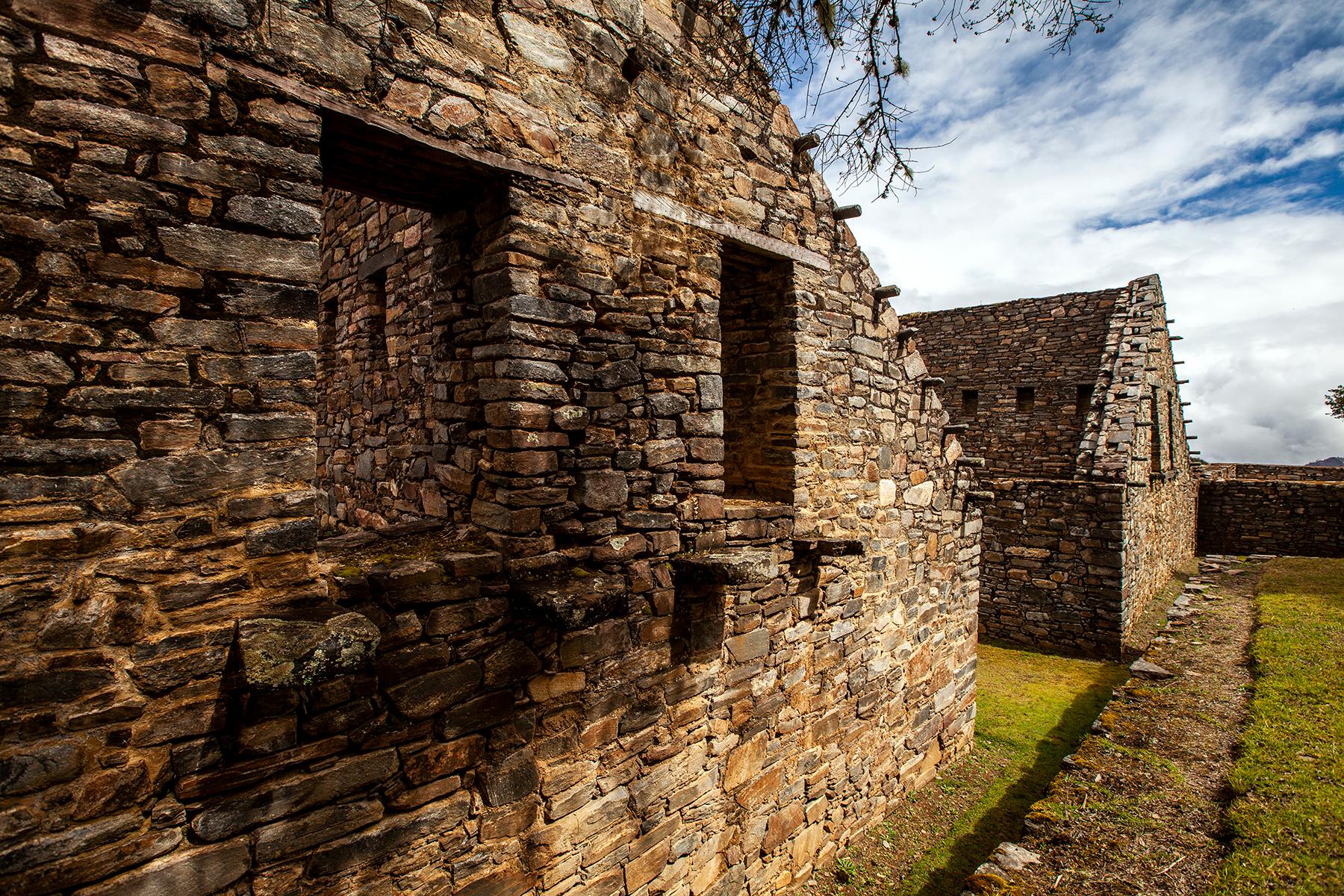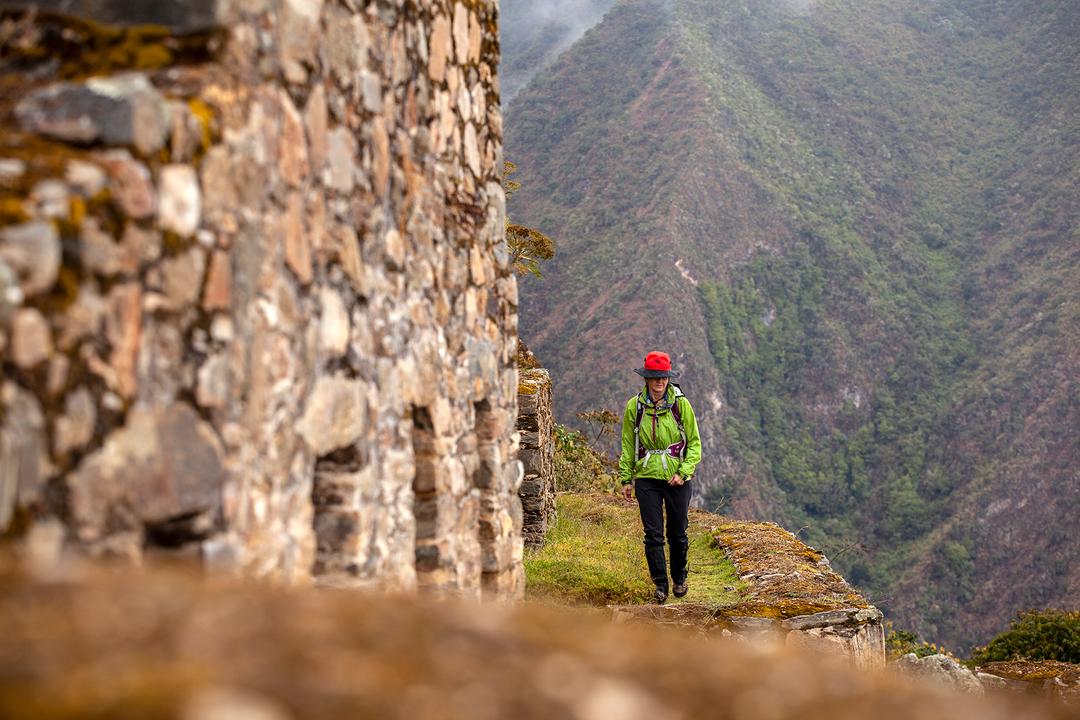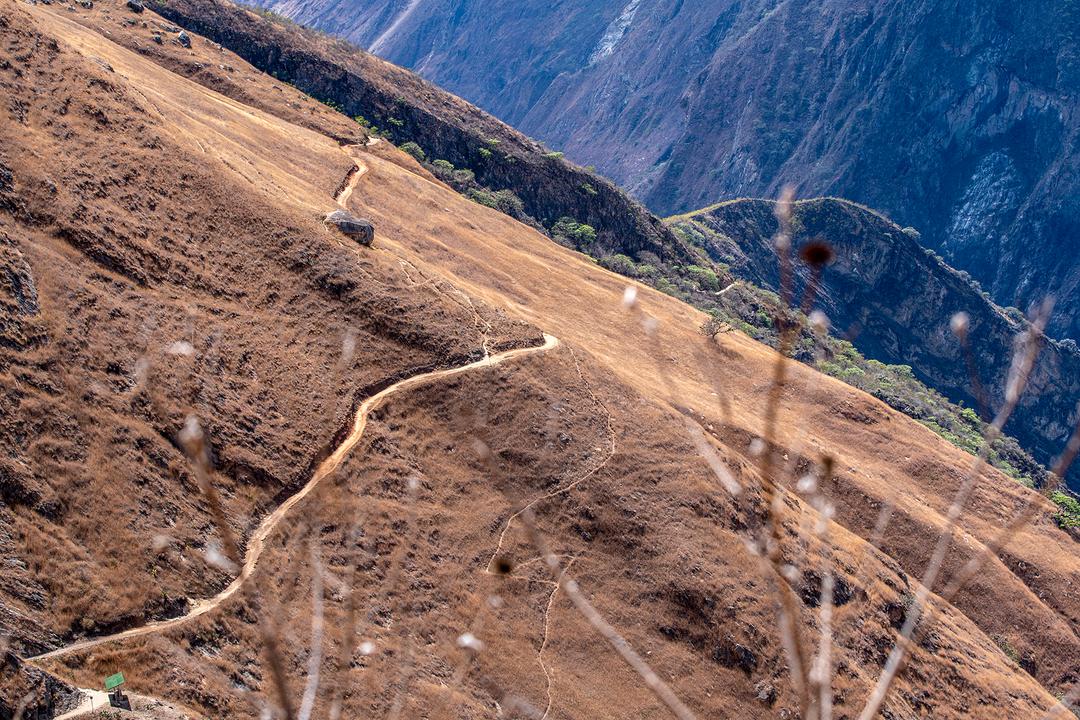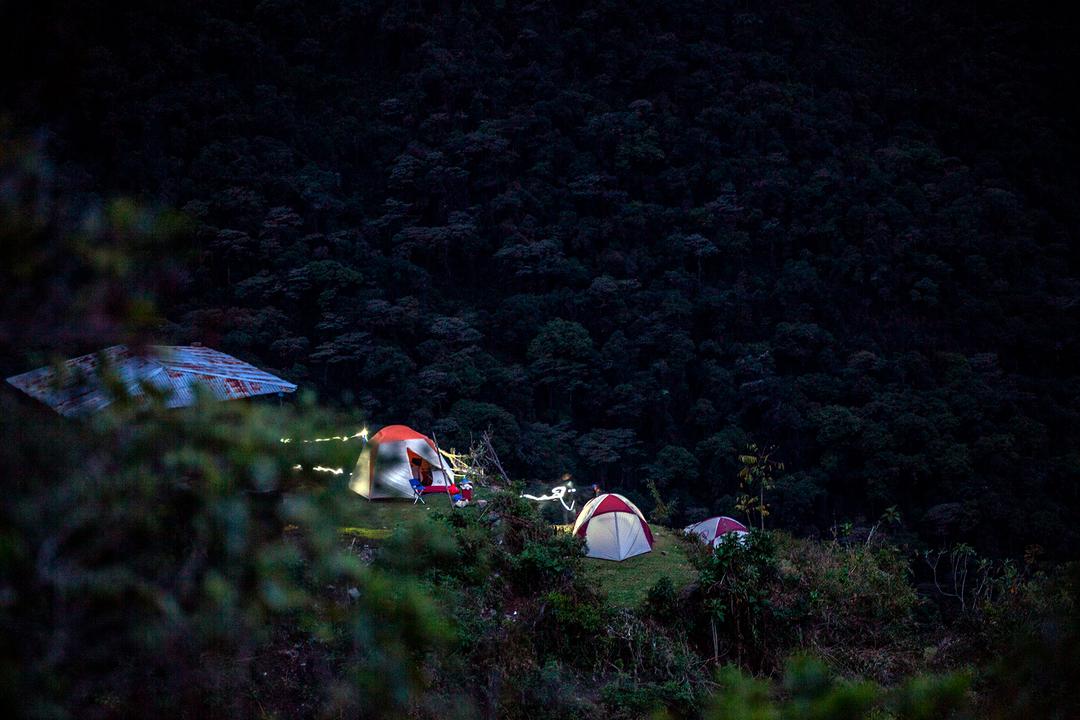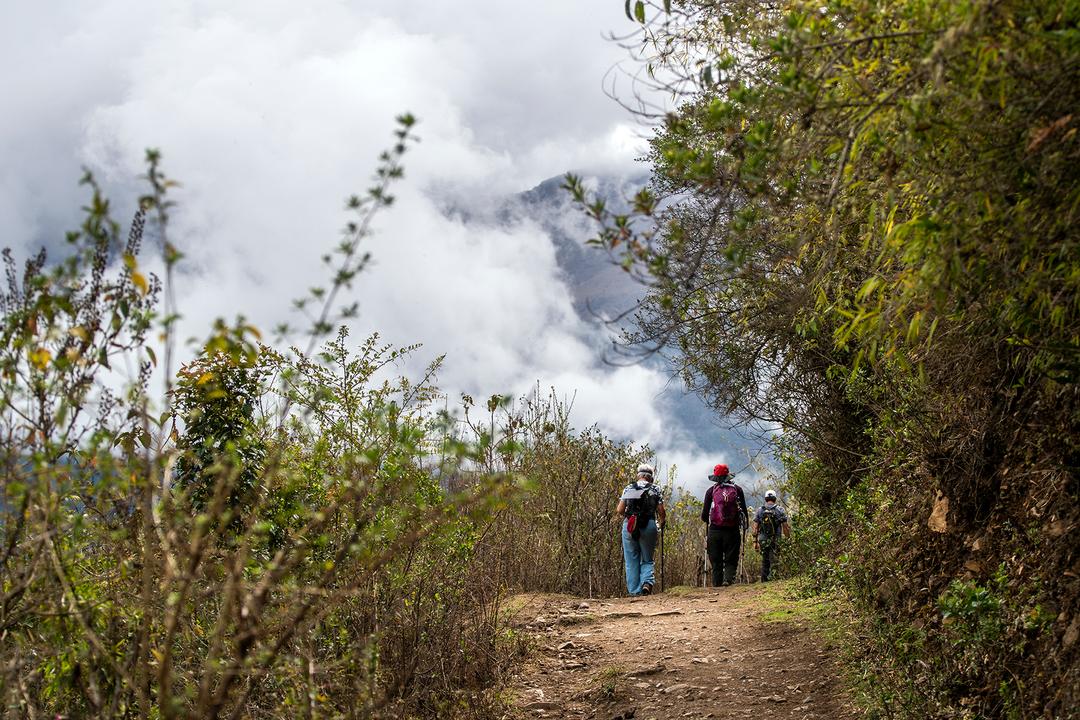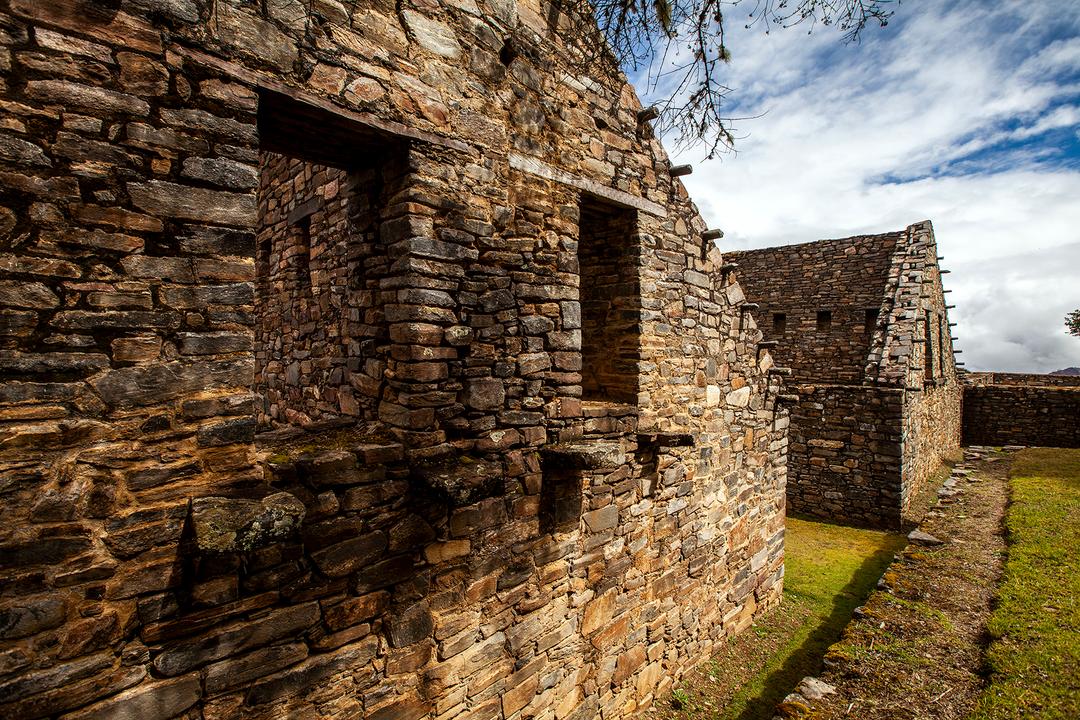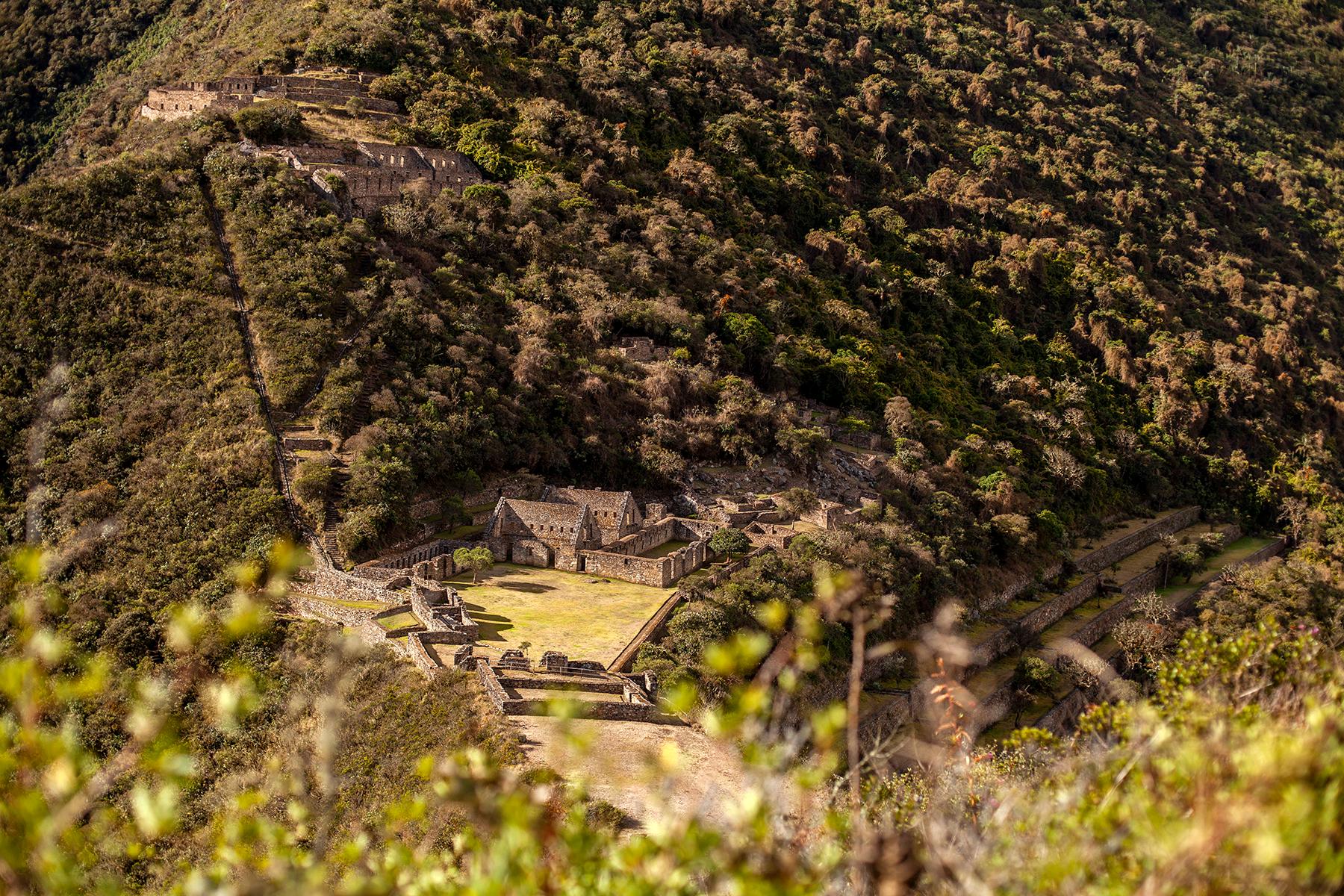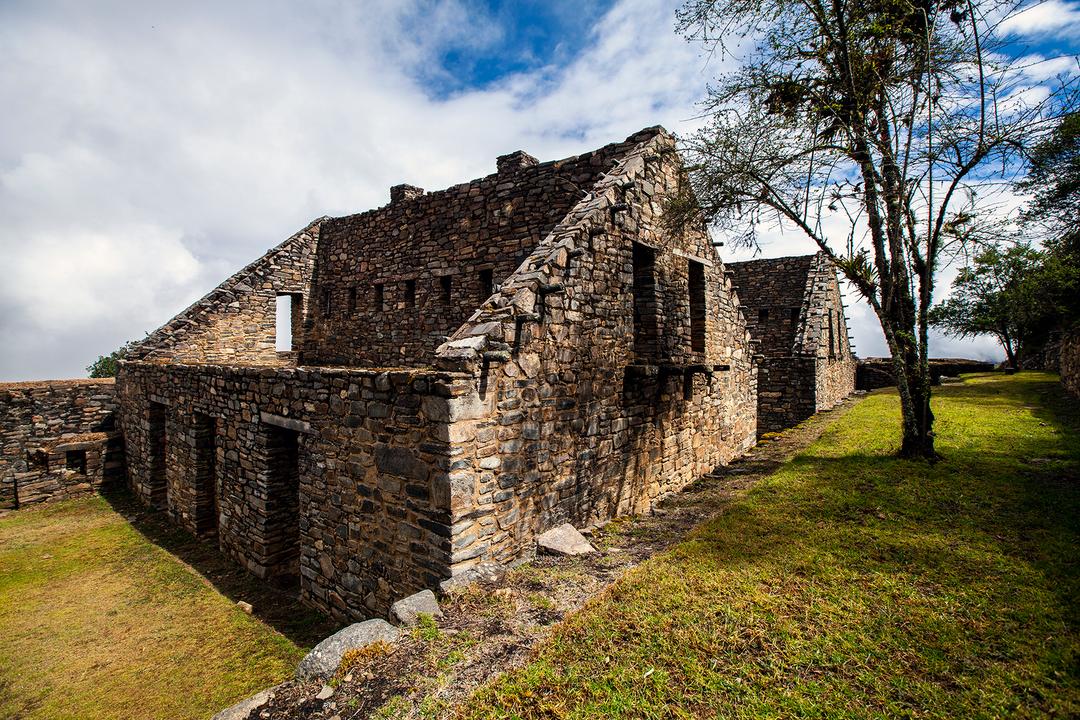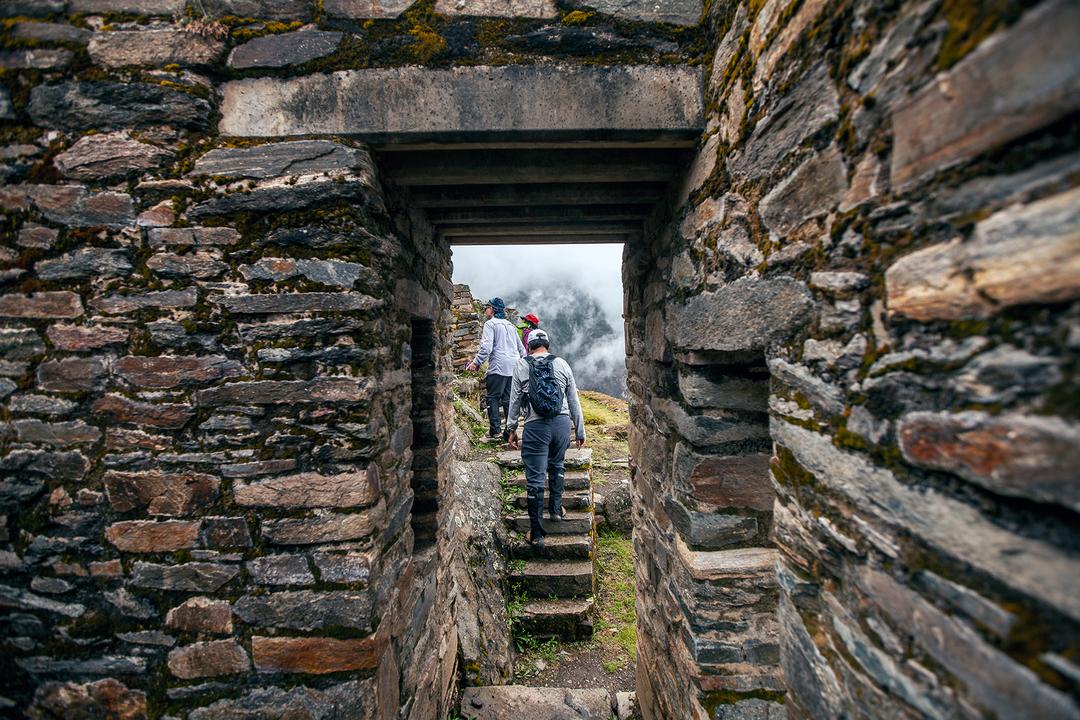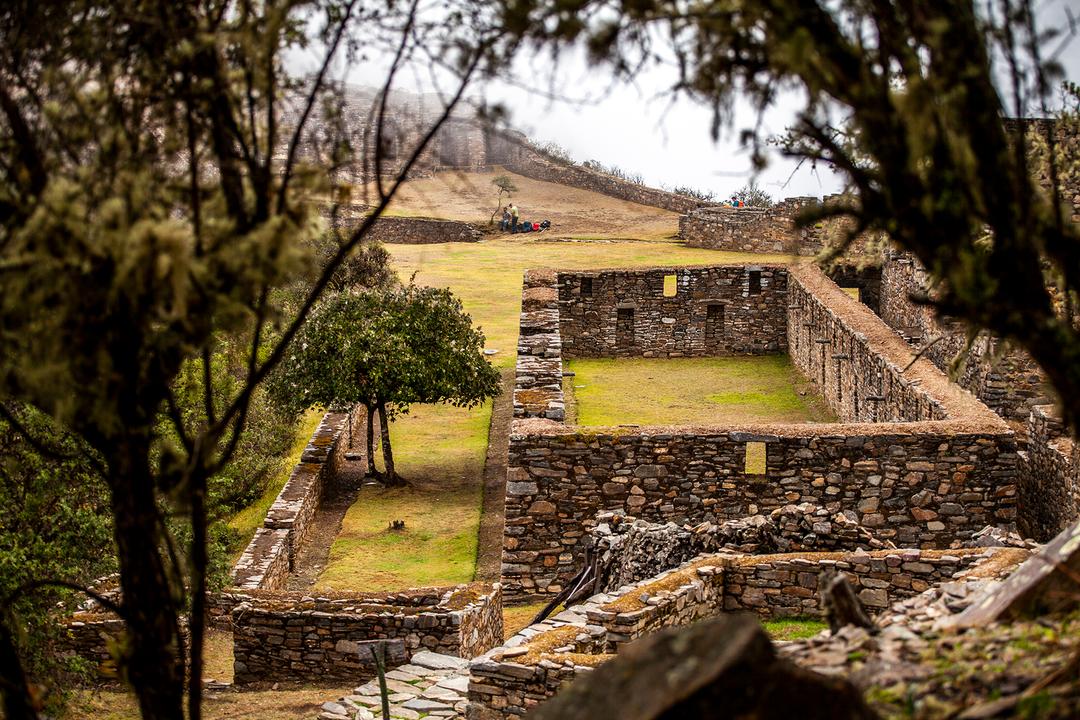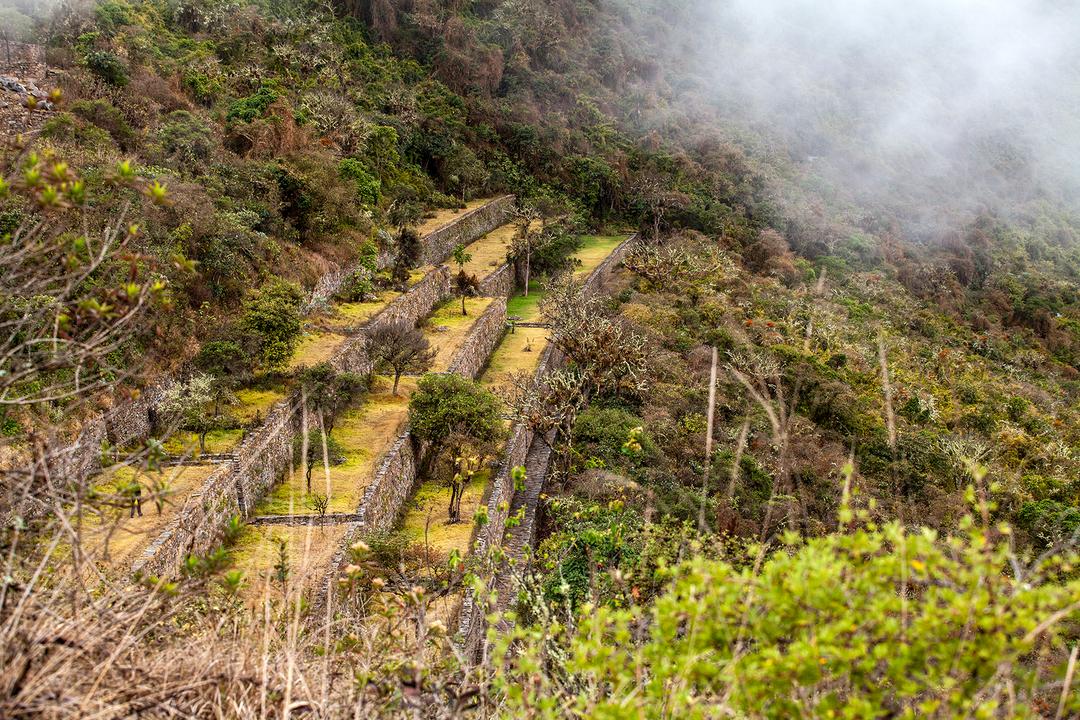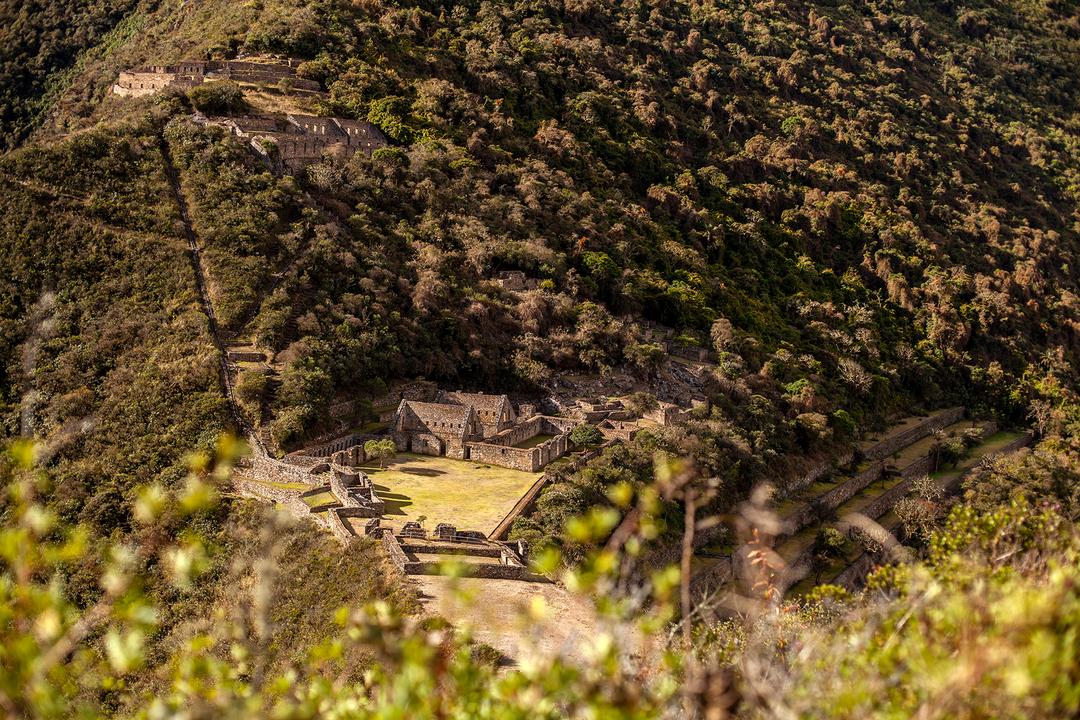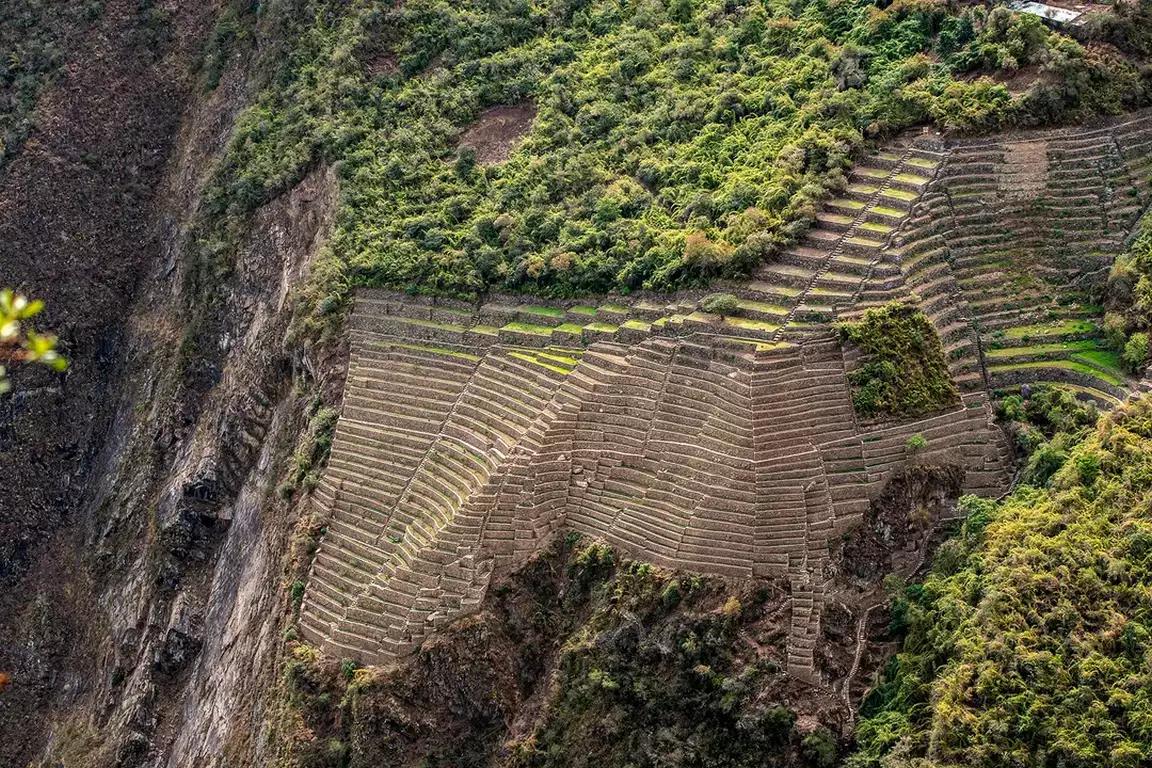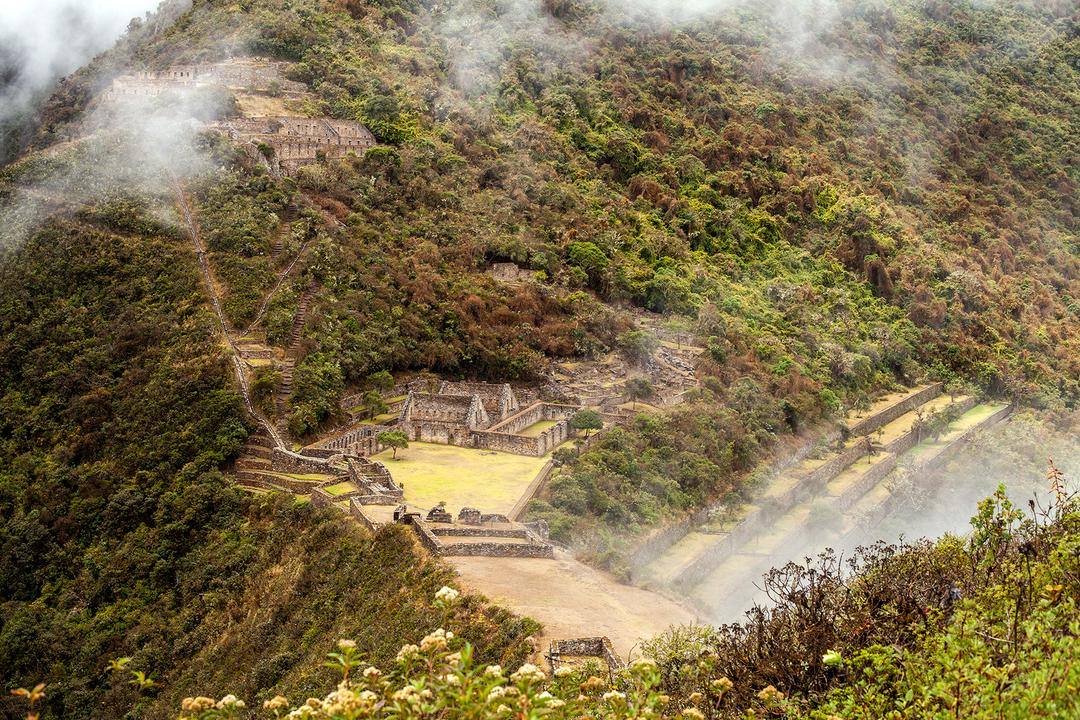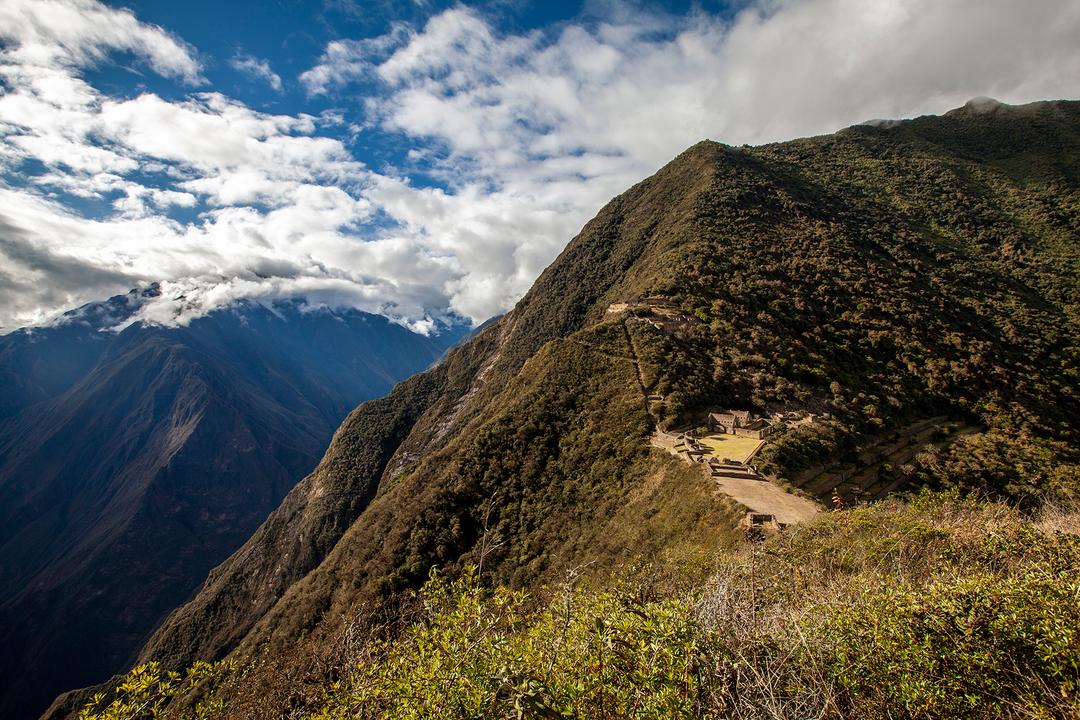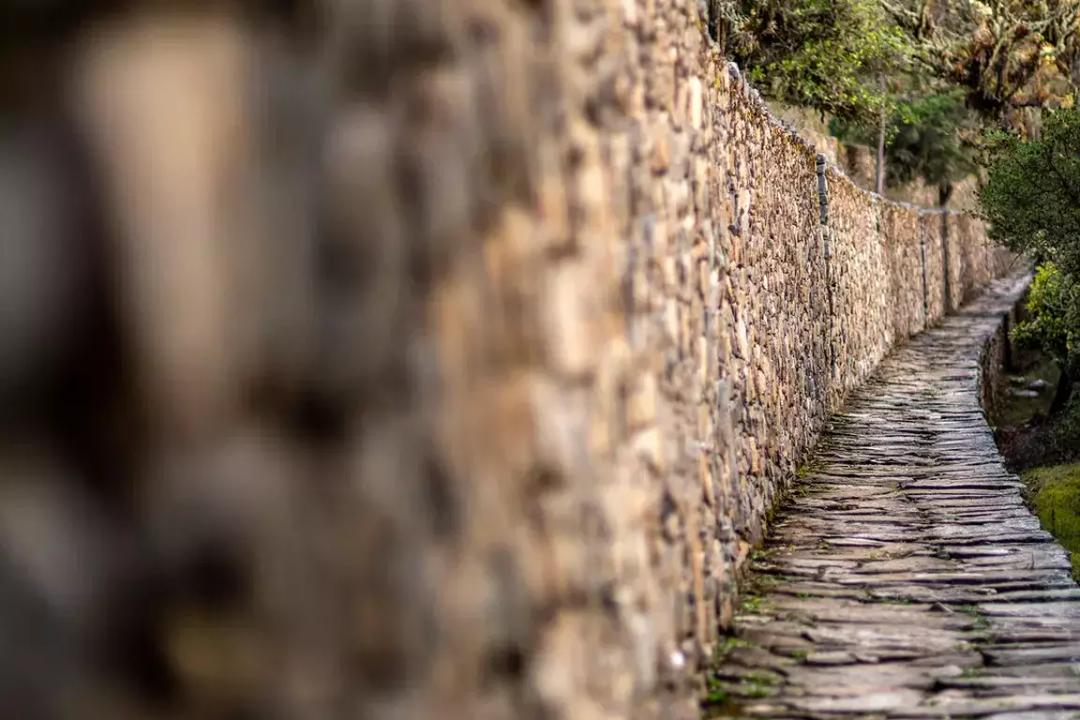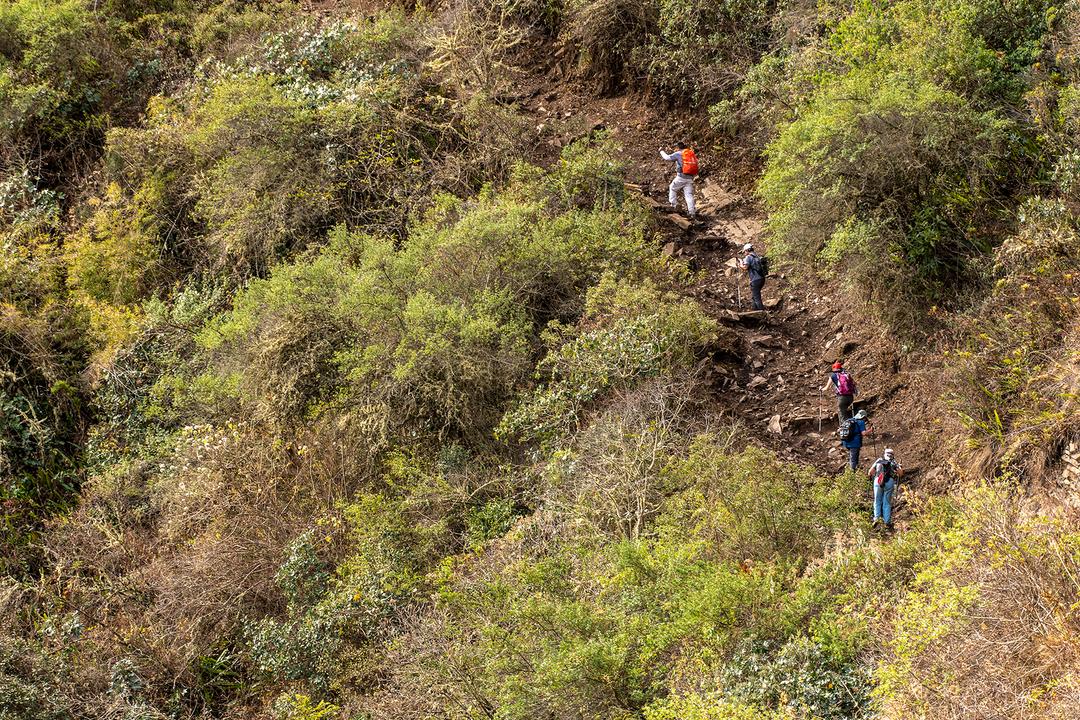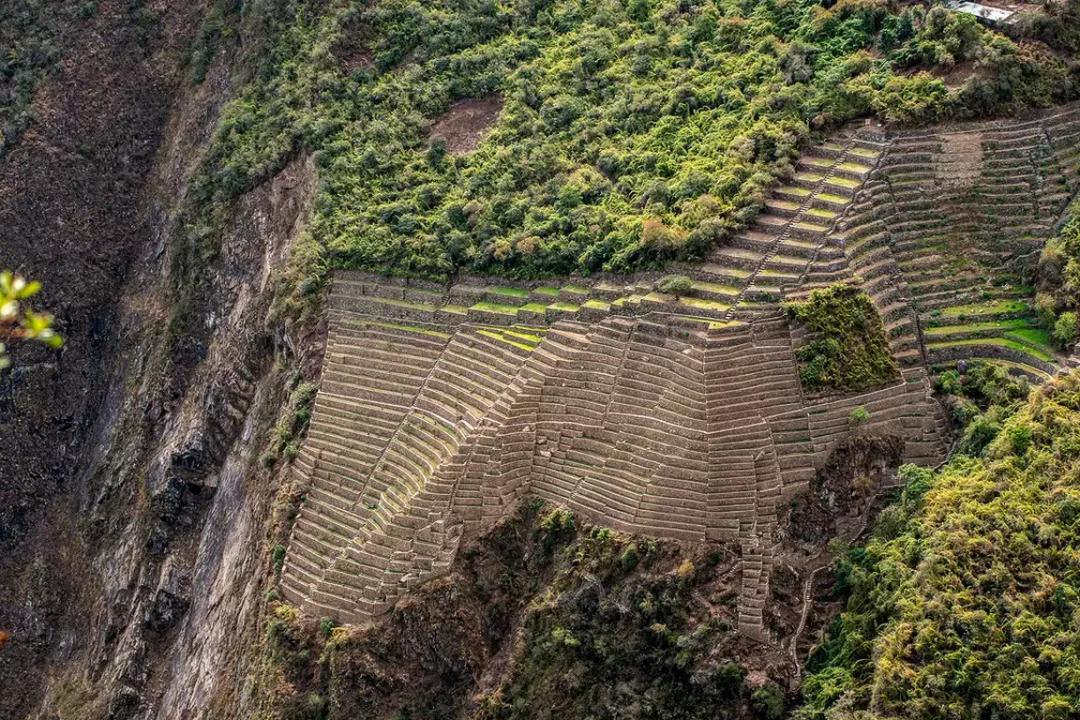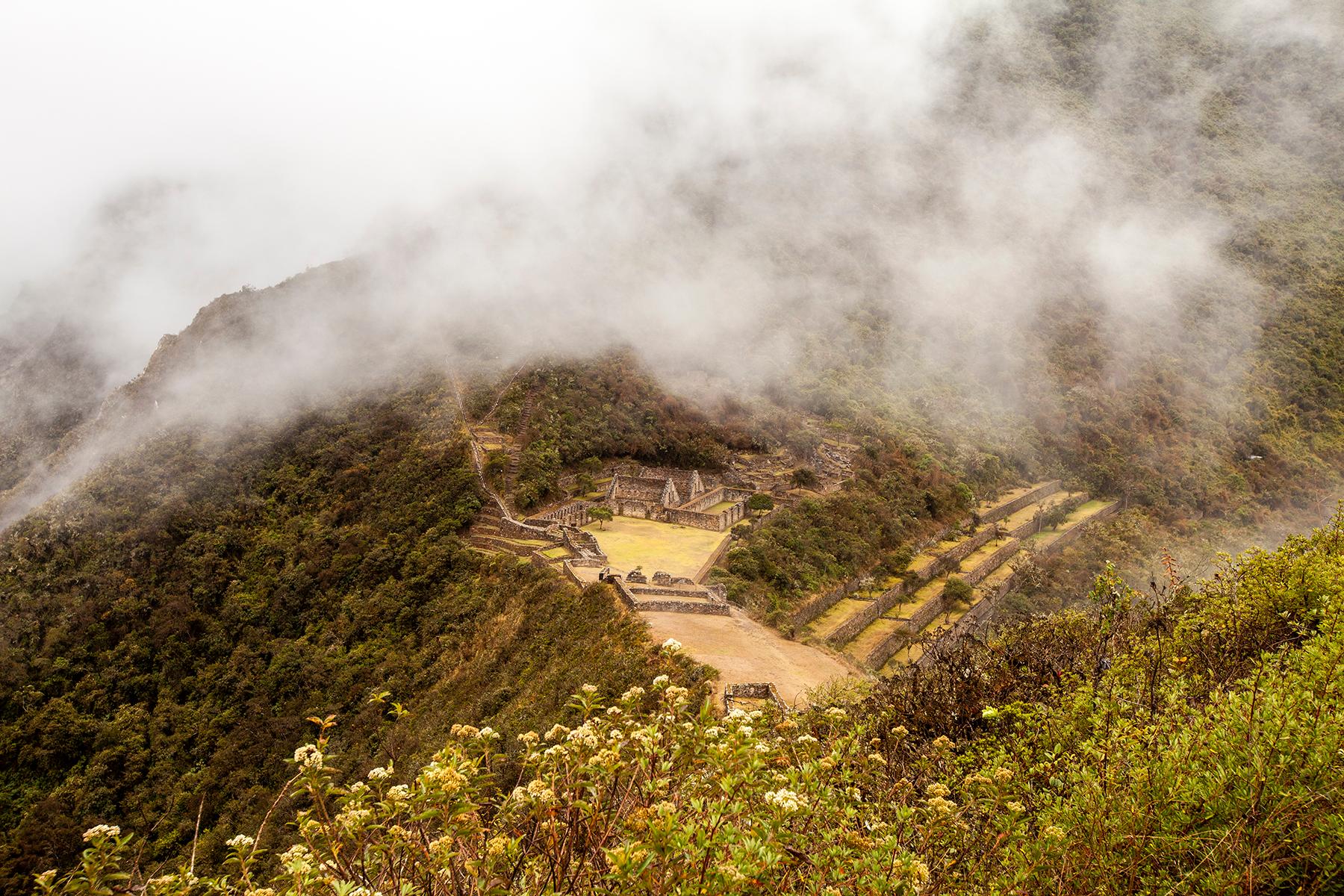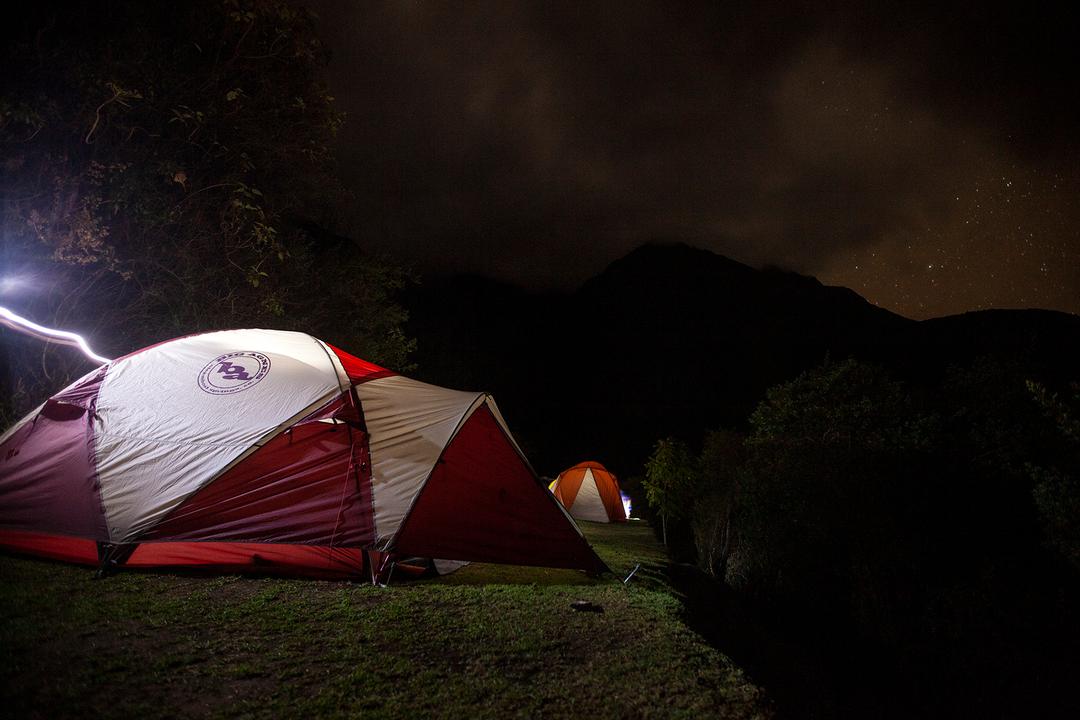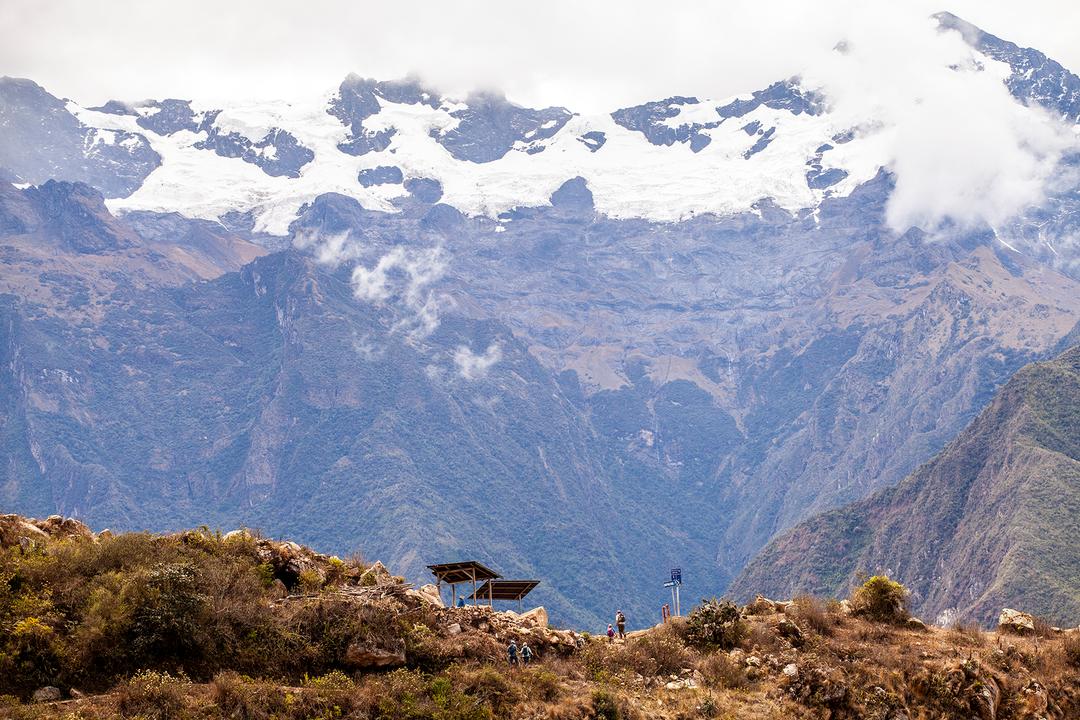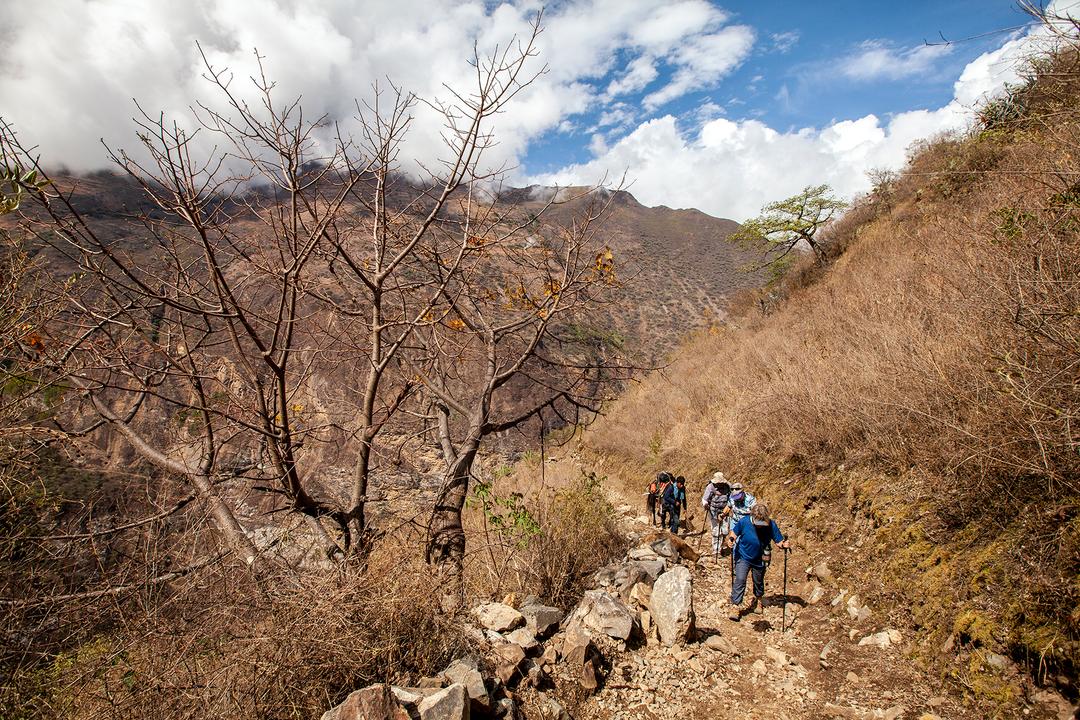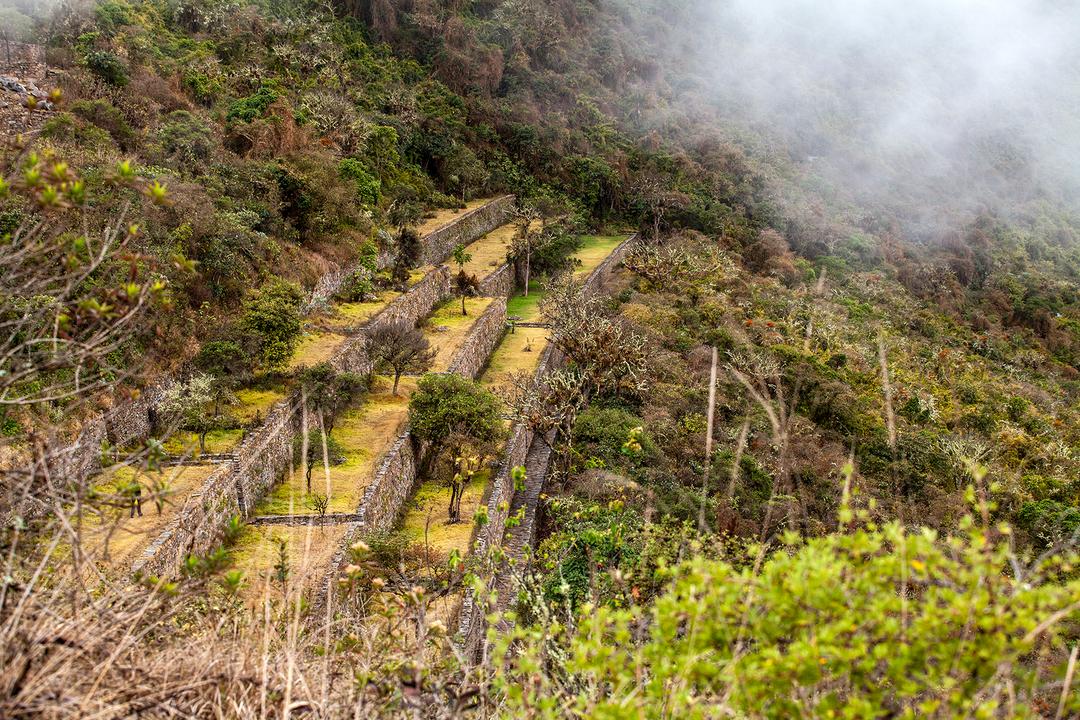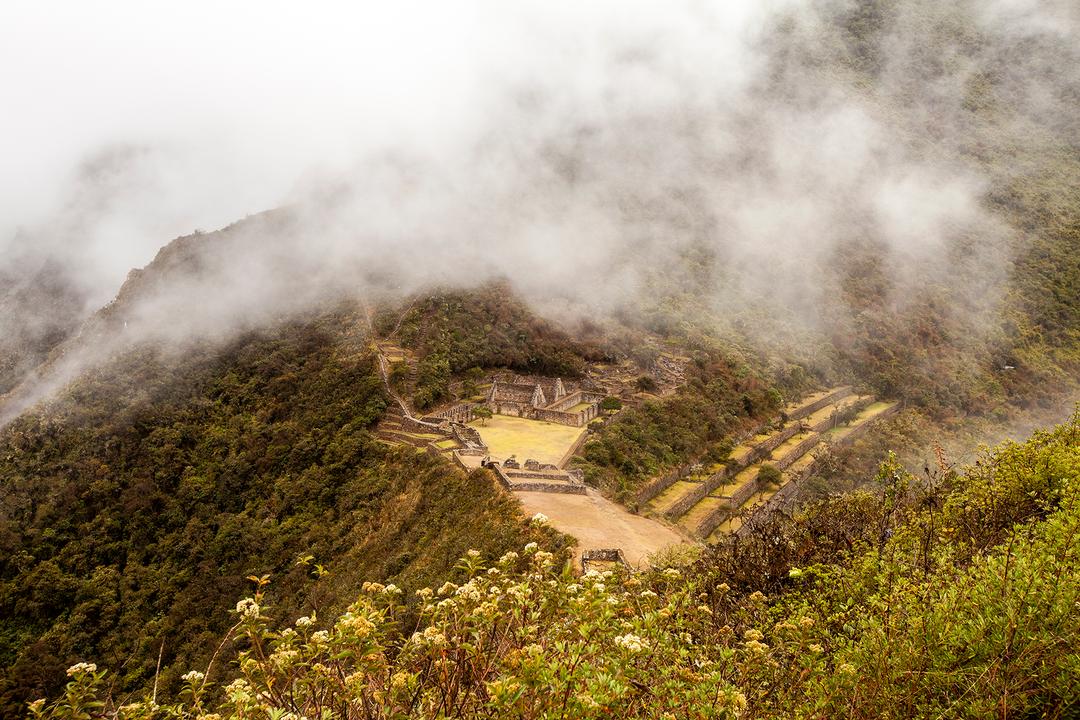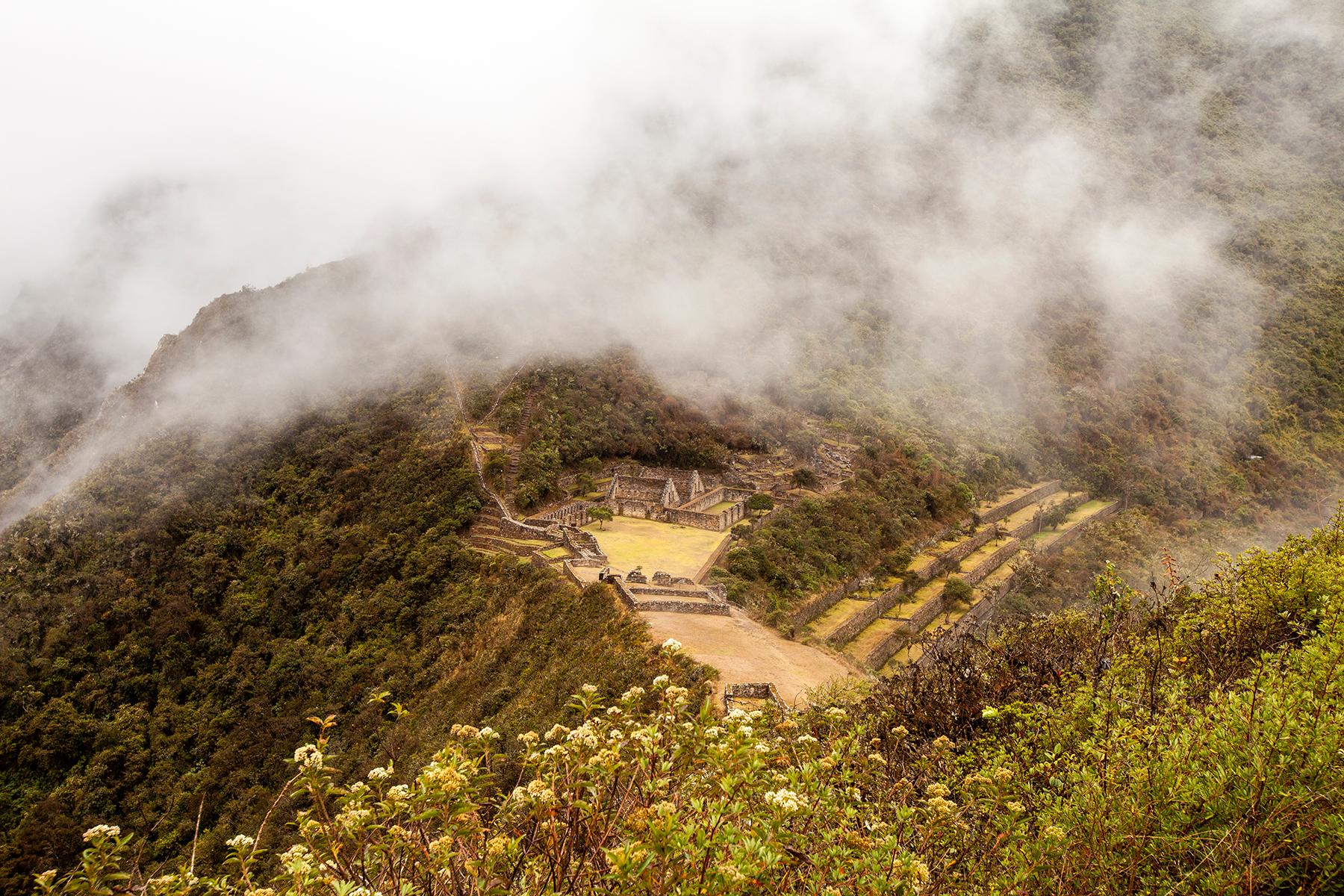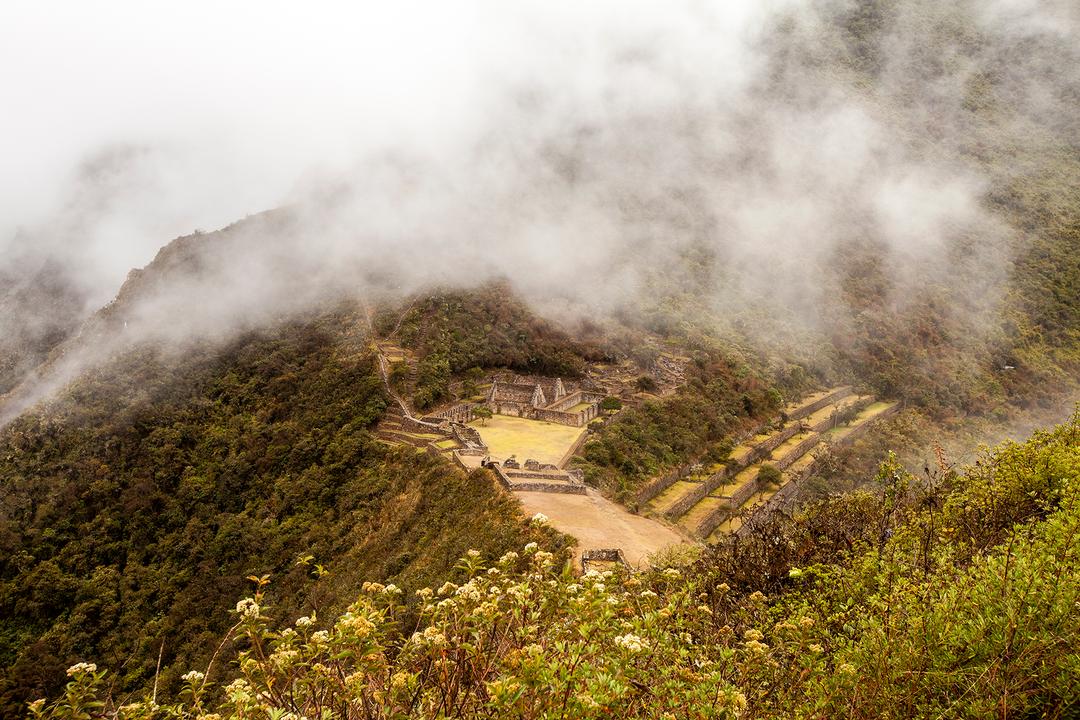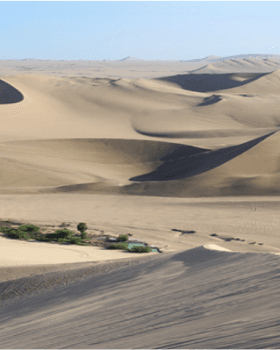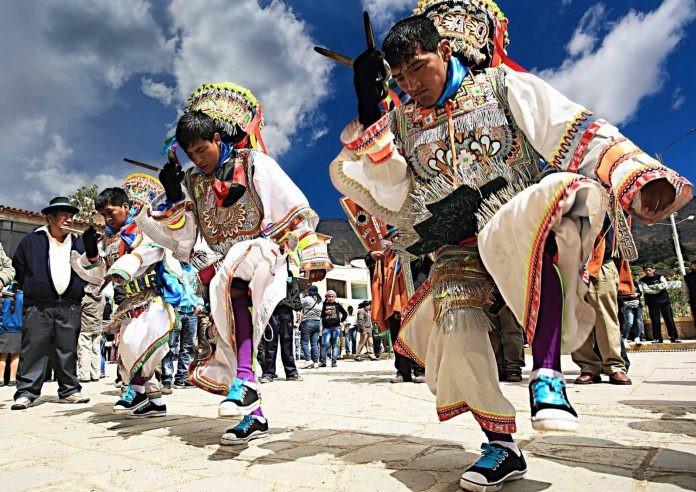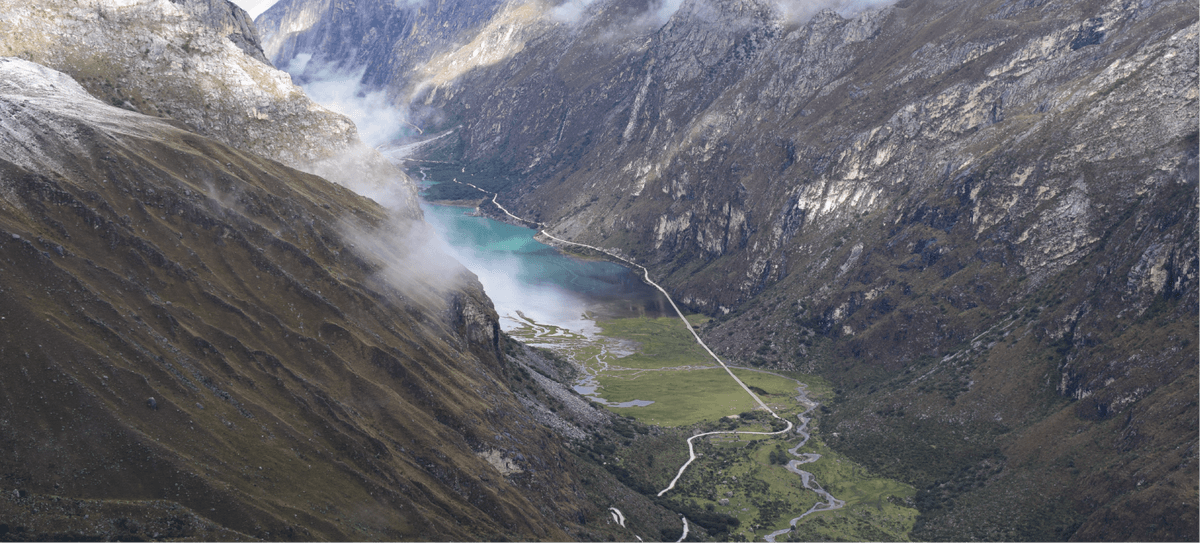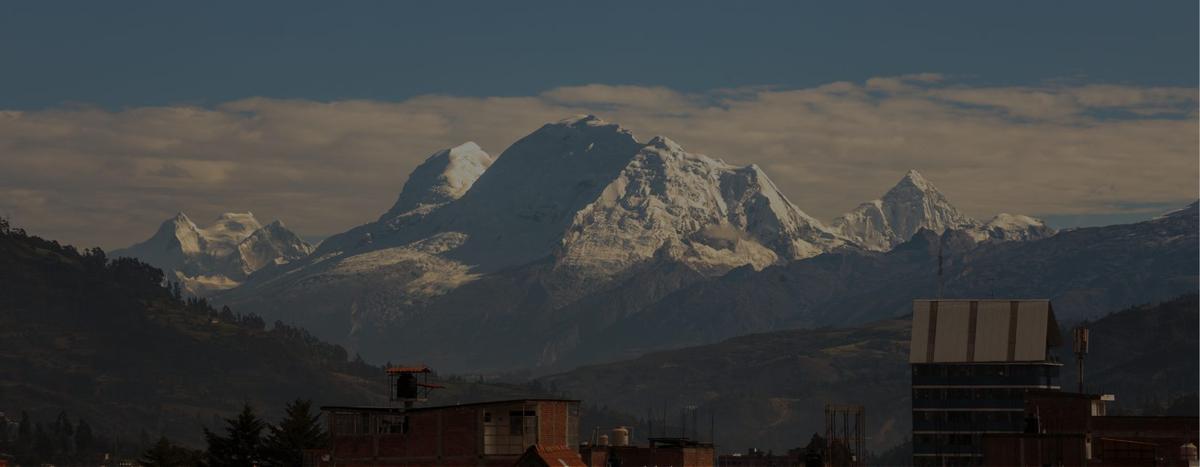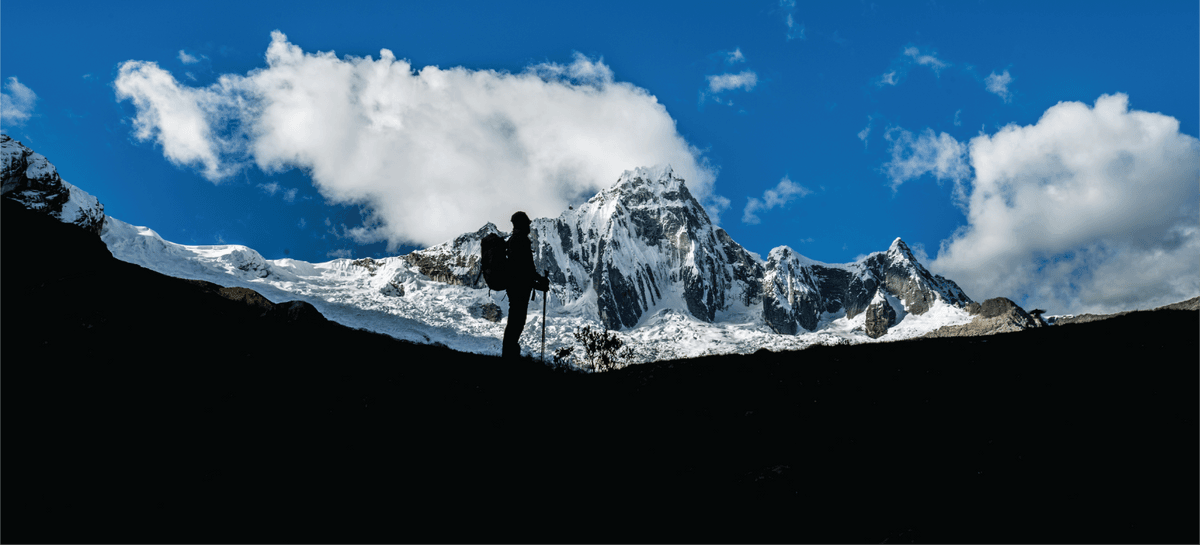In the morning we will be leaving from Cusco headed due north on the main highway to Antapampa, a fertile agricultural valley. Once we begin to descend into Limatambo, we’ll visit the Inca site of Tarawasi, with some beautifully precise Inca geometry found in its structures and stone walls. The road continues until we reach the Apurimac River, an impressive gorge, where we can observe the frothy river winding below. We will drive past the village of Curawasi and on to the Sayhuite archaeological site. Among its features is an enormous monolithic rock carved with various geometrical and animal figures. Some archaeologists consider it to have been a kind of engineering map that showed the extensive hydraulic systems and irrigation channels used to convey water in the area. A small side road over a ridge brings us down to the village of Capuliyoc, and onto the roadhead where we start today’s hike. Here we will meet the rest of our field crew and we’ll attain our first view of the Apurimac Canyon with the snow-capped peaks of Nevado Padreyoc front and center, and Nevado Qoriwayrachina to the left. We begin our descent and make camp at a cozy site on the riverside at Chikisca, at 1850 masl (6069 fasl).
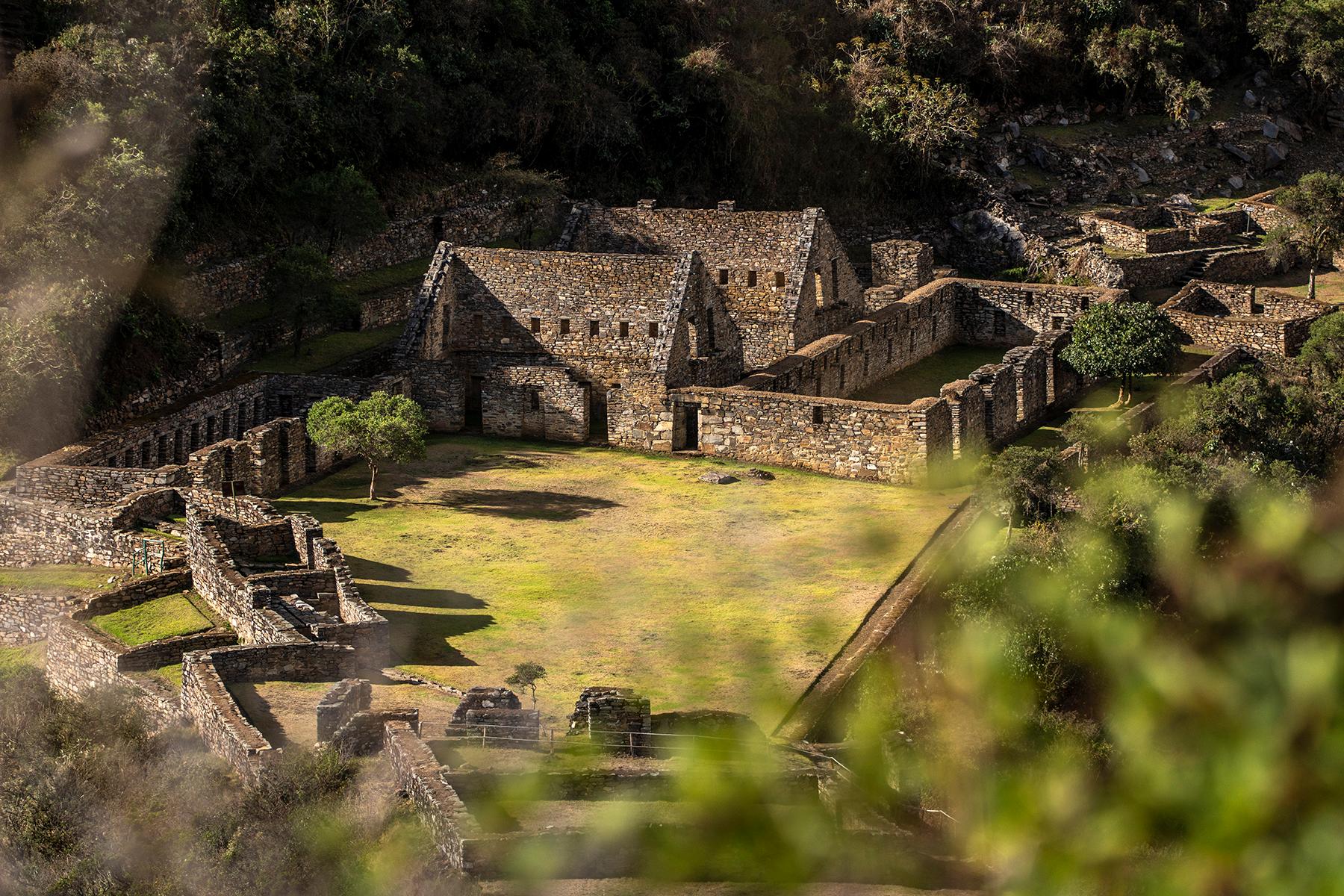
CHOQUEQUIRAO TREK TO MACHU PICCHU
This trek is perfect for those who wish to combine remote high-mountain hiking with archaeological exploration. The sheer diversity of terrain you will experience on this route will provide a feast for your eyes, and the remoteness and rarefied atmospheres will nourish your soul. You’ll see fantastic rock formations, deep, colorful canyons, flutes of glacial ice, and nebulous cloud forests during this incredible seven-day trek, culminating with a visit to the Inca citadel of Machu Picchu. The route starts at the famous citadel of Choquequirao, passes through the Apurimac Canyon and the Cordillera Vilcabamba, and finally reaches the ancient complex of Machu Picchu. We invite you to check out the full itinerary for a preview of the incredible discoveries you’ll make along the way. Don’t forget to check our tips on the left-hand side of the page. They will advise you on how to prepare for this intense, life-elevating experience. See you on the trail!
